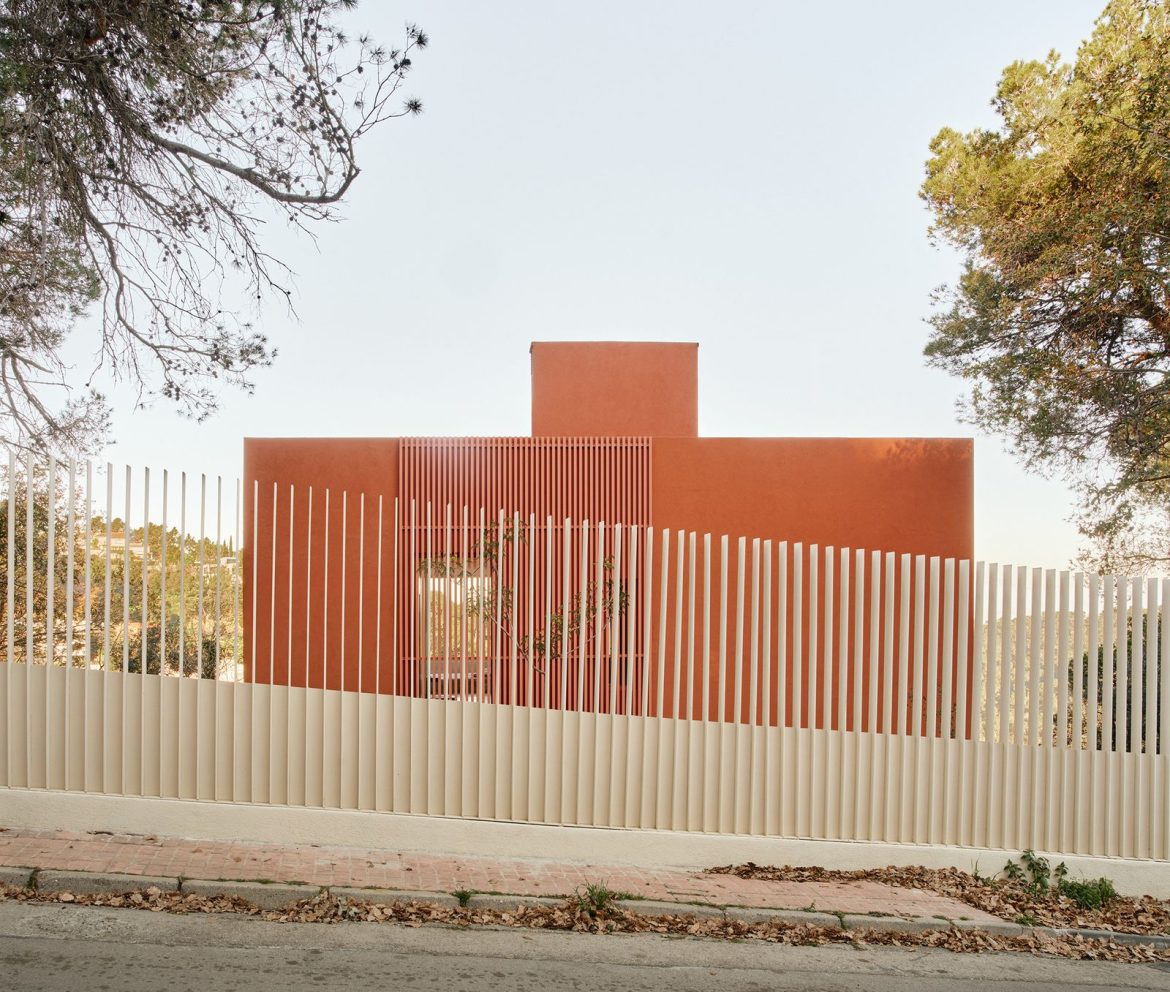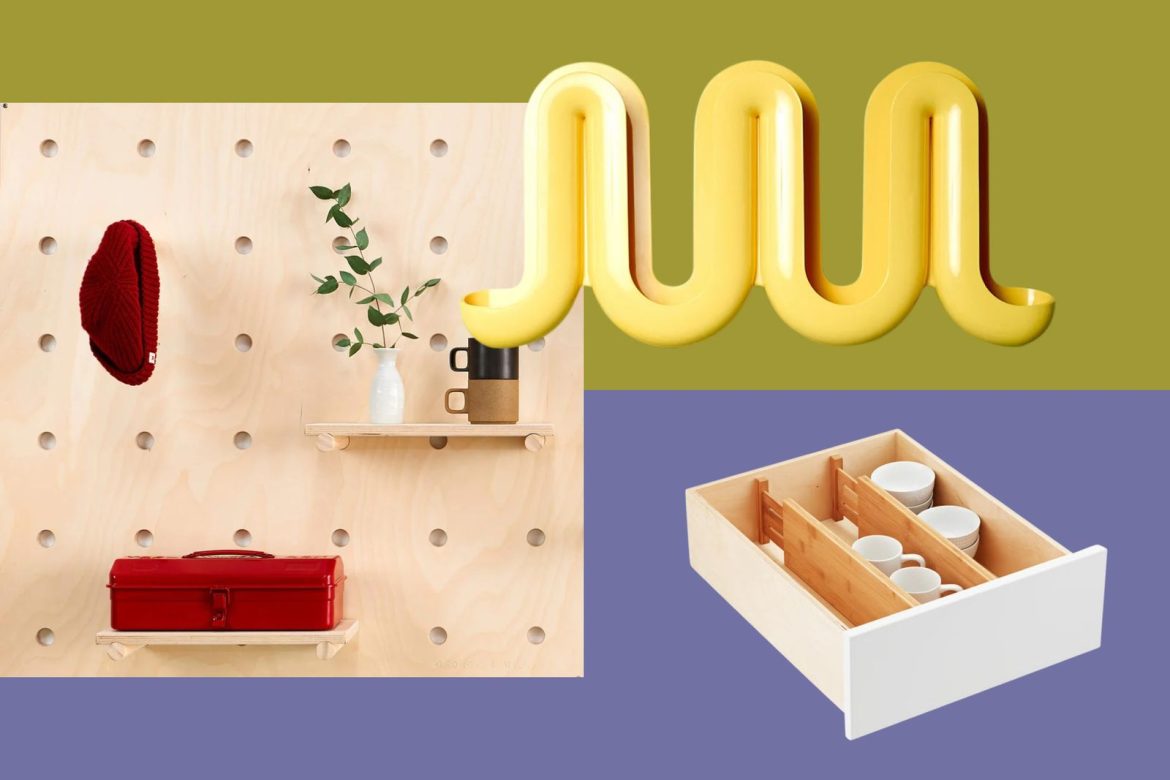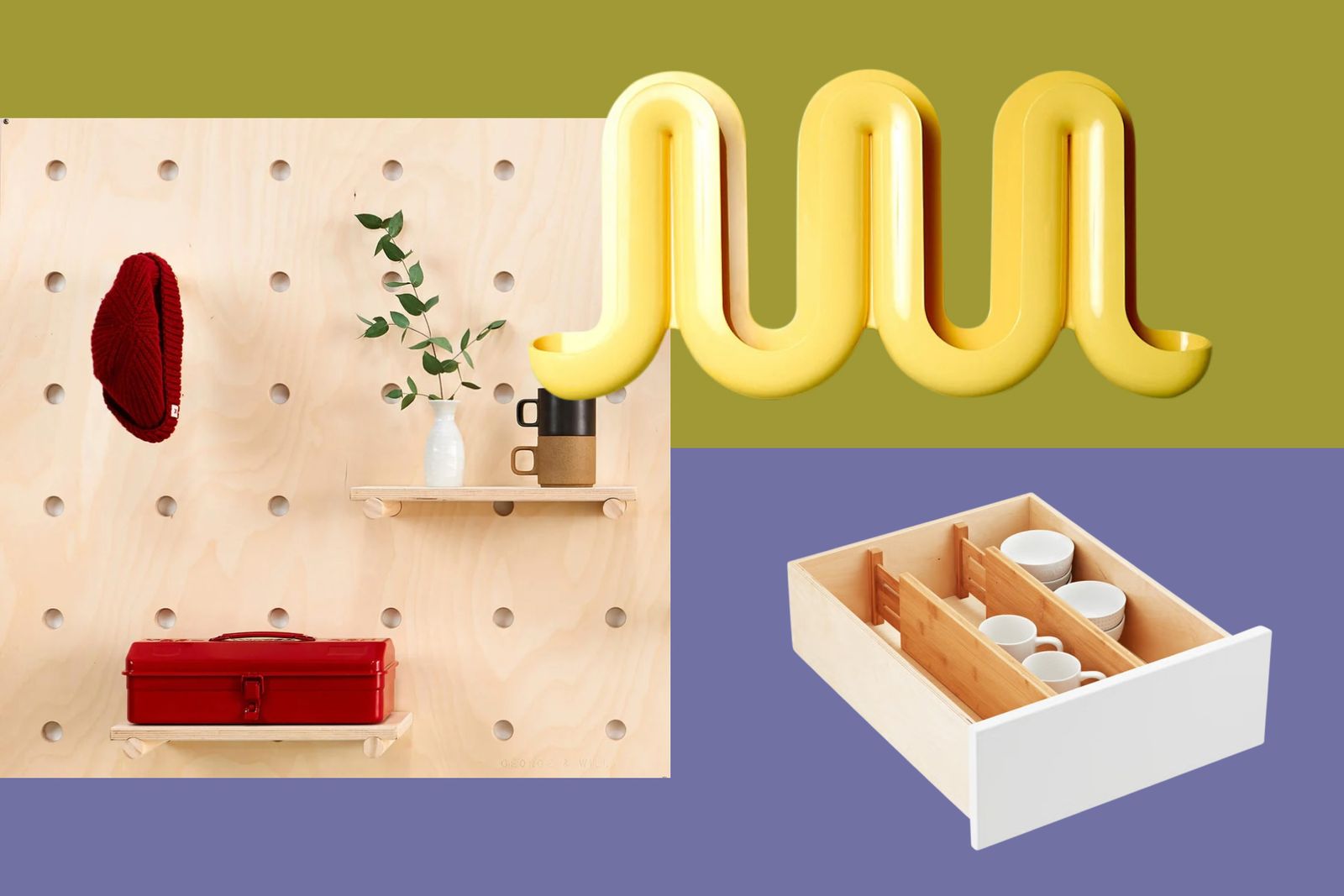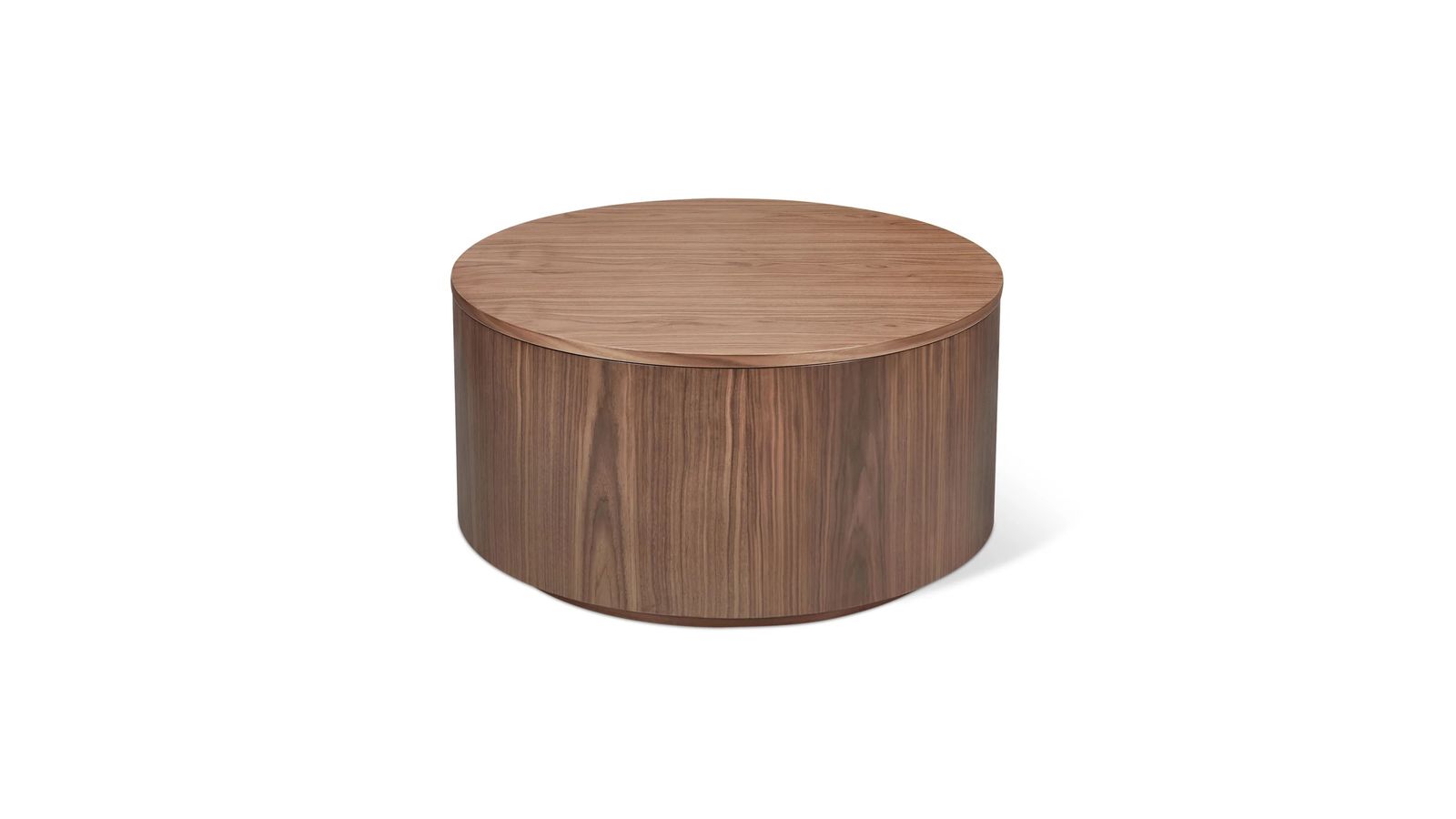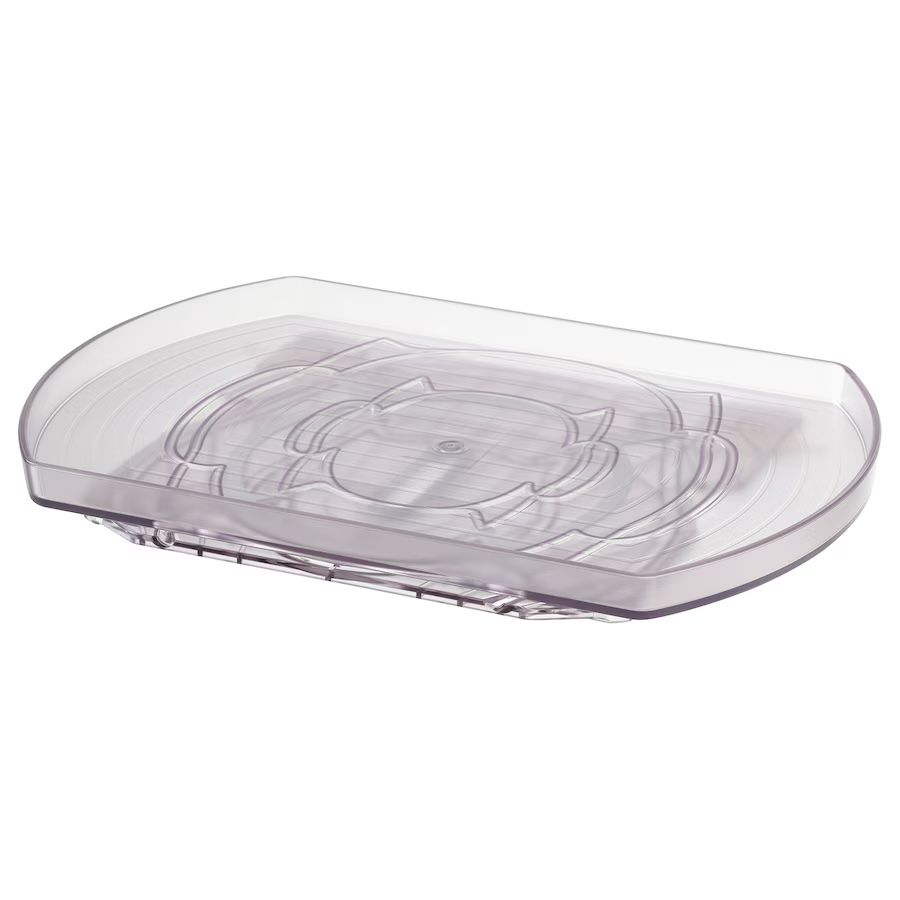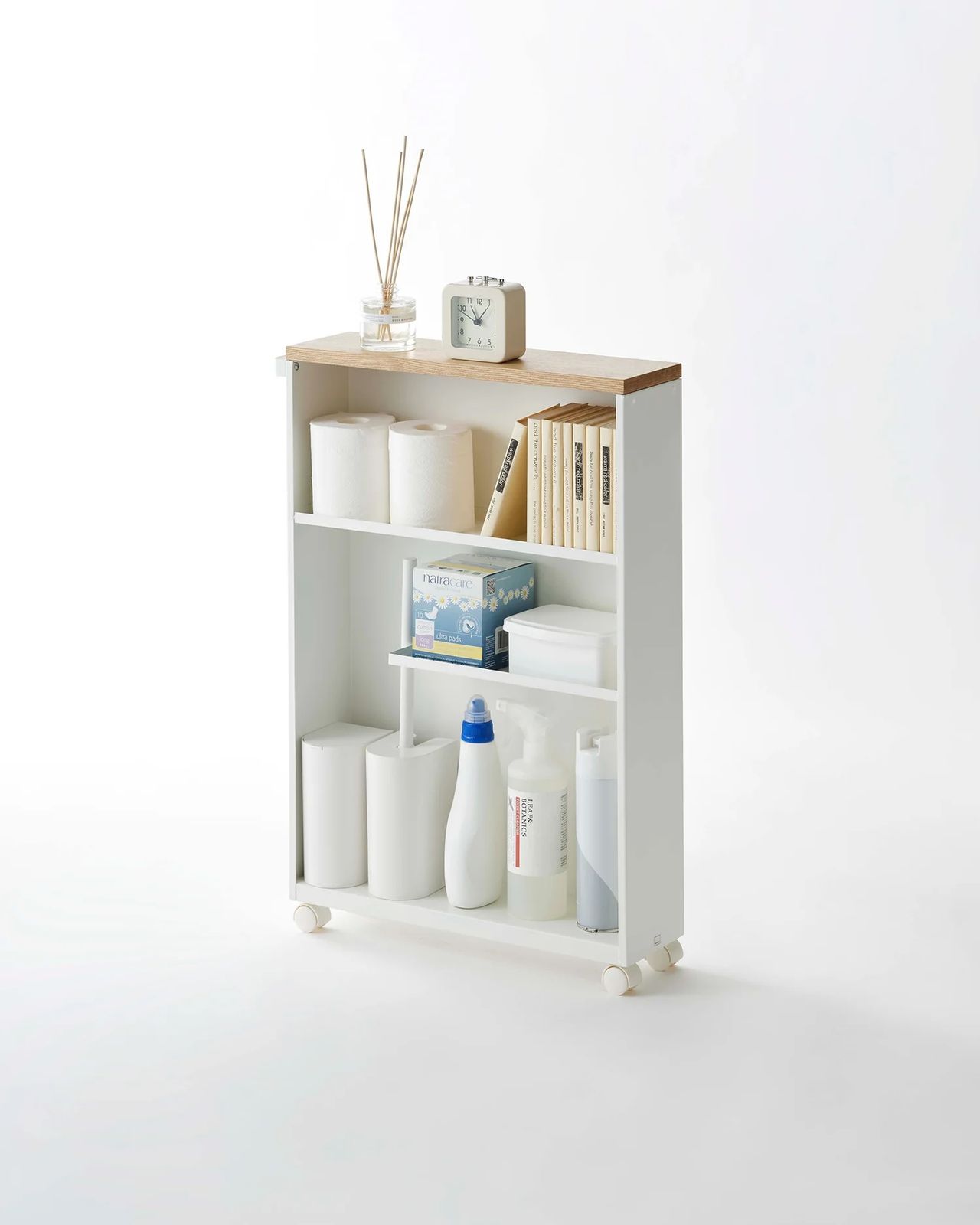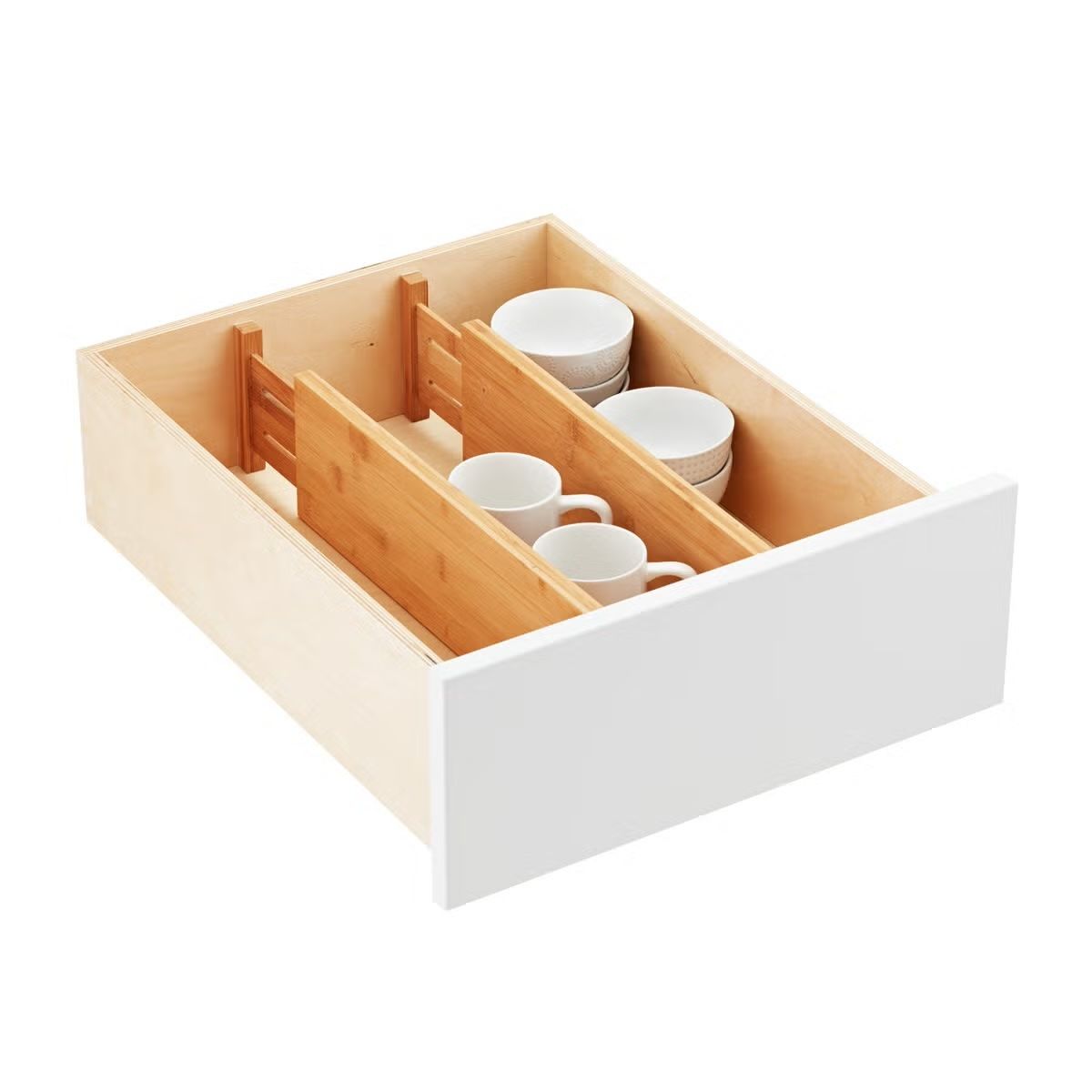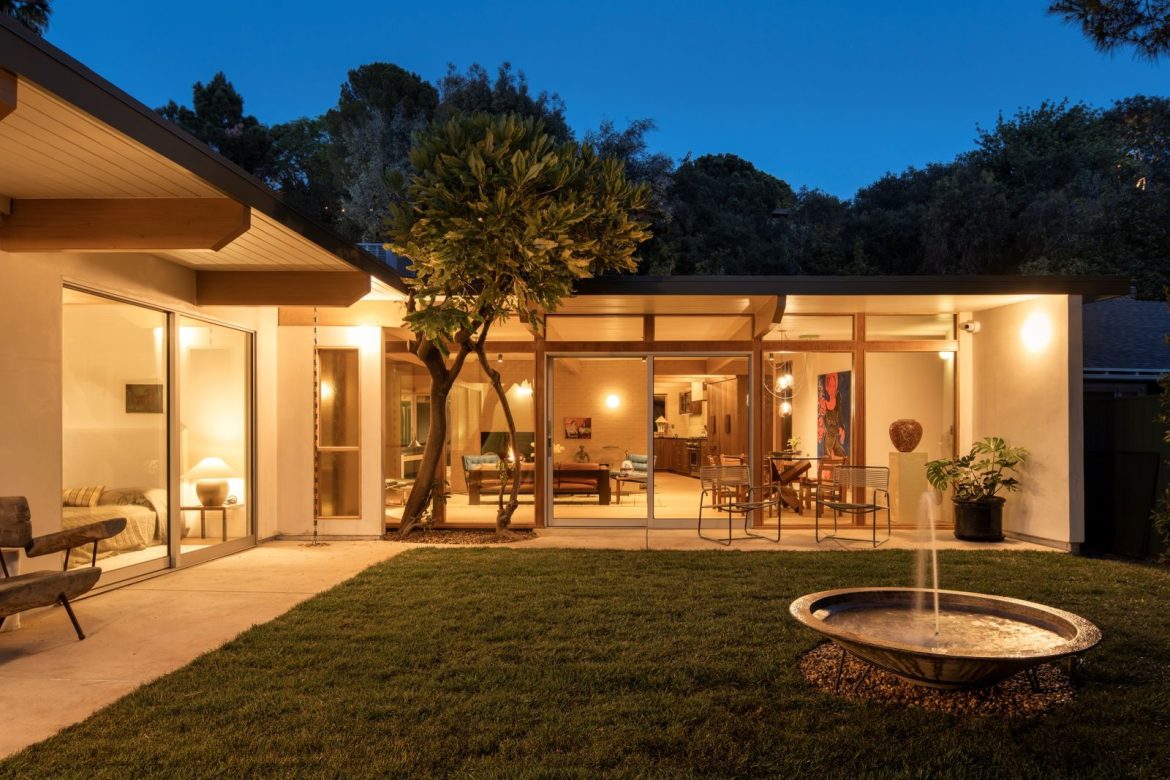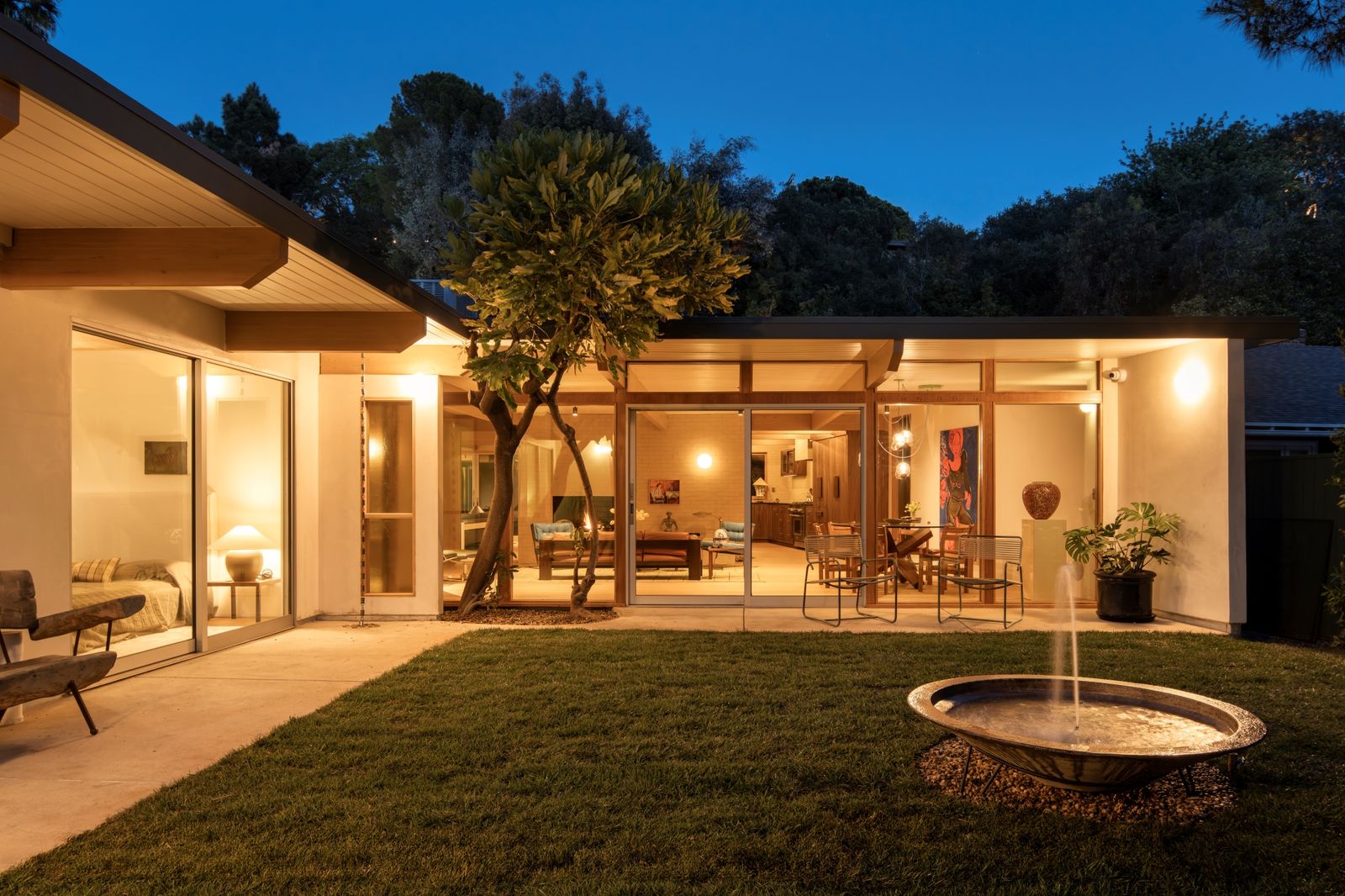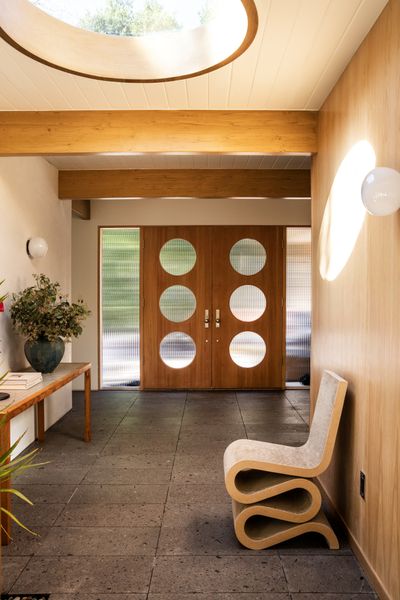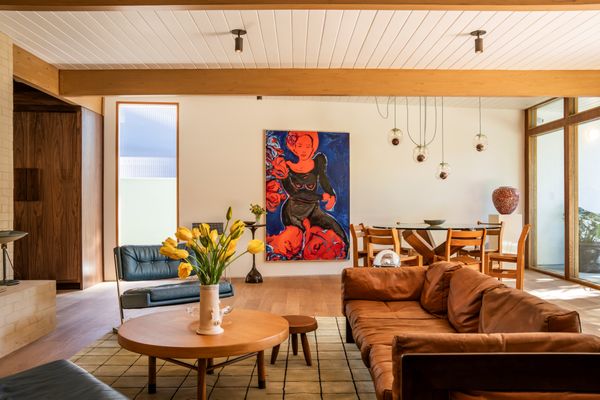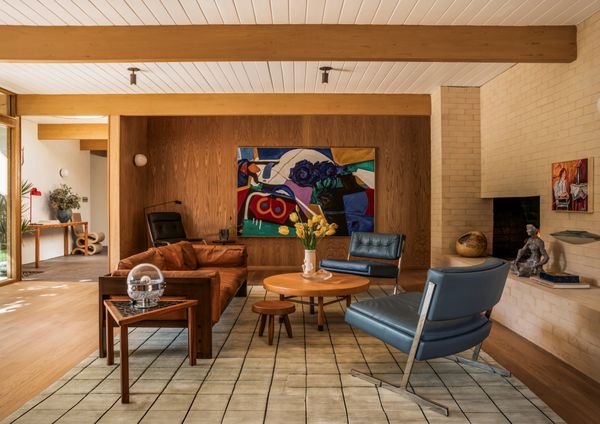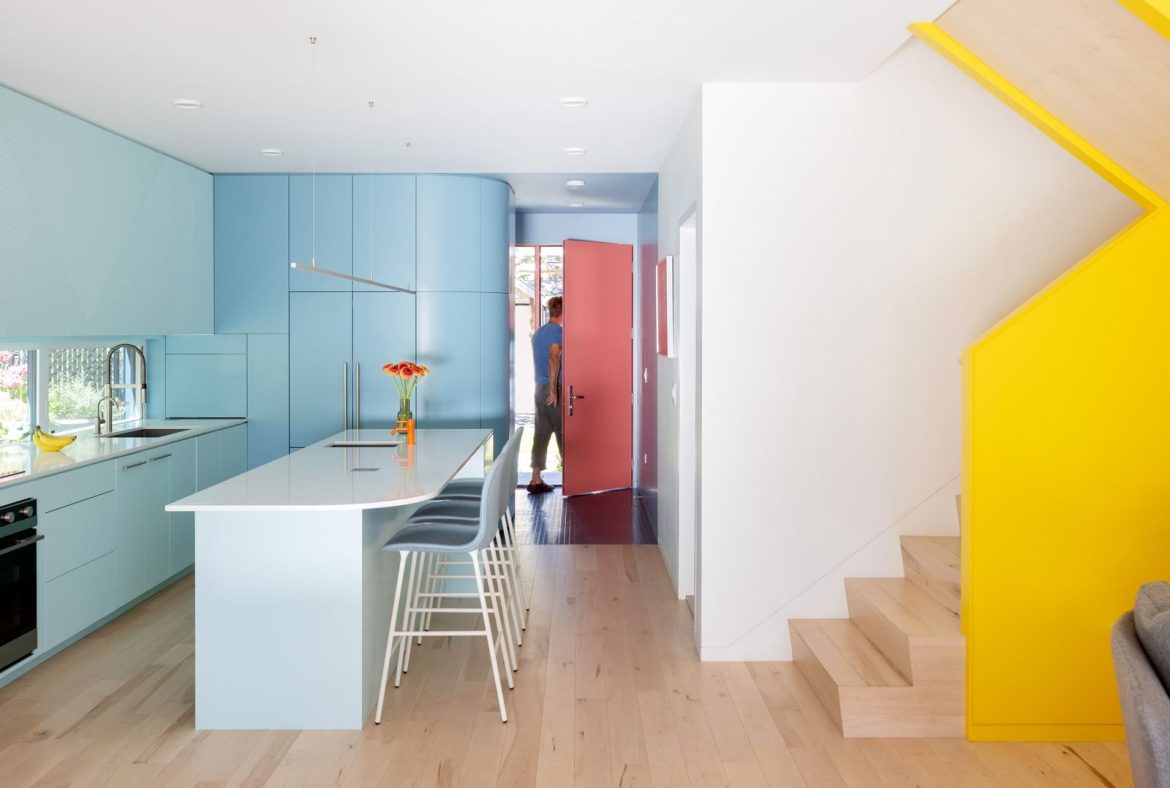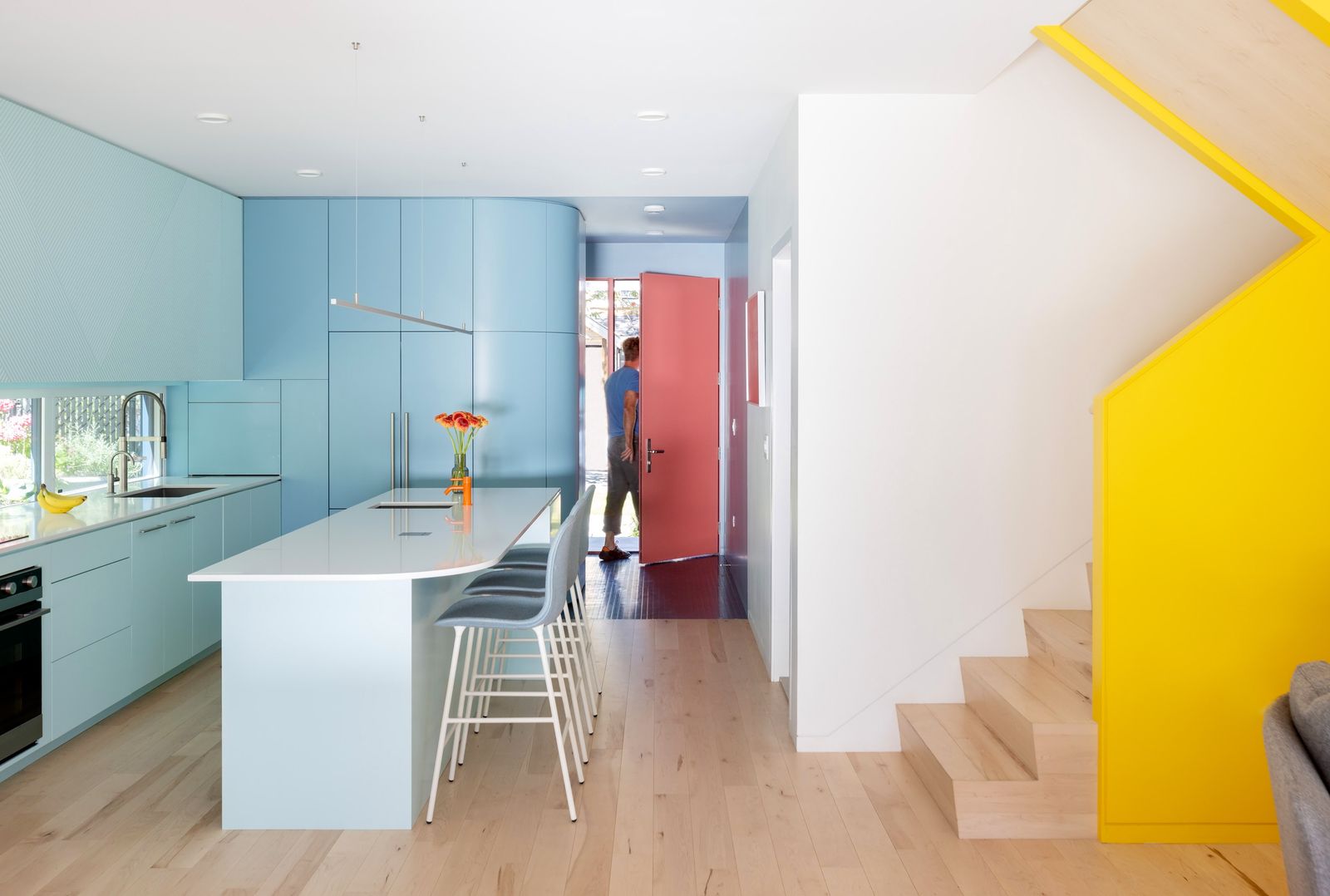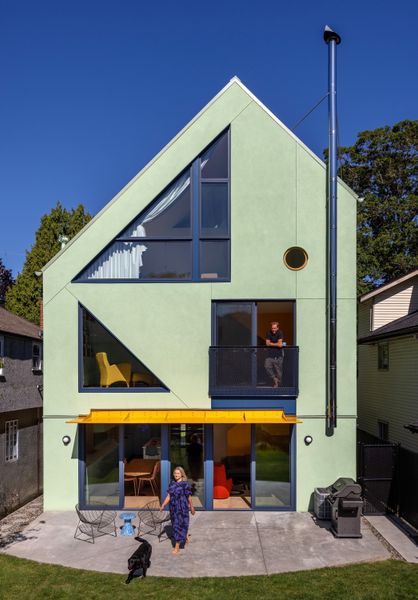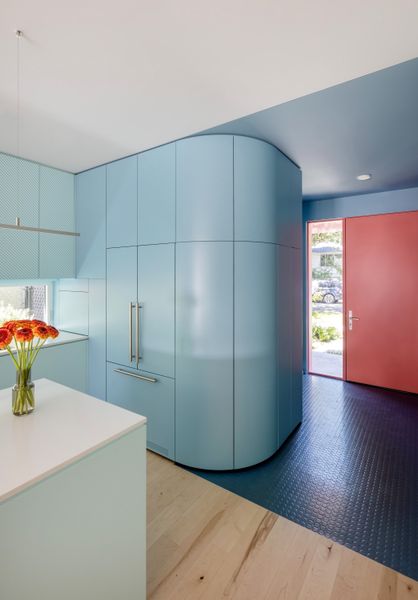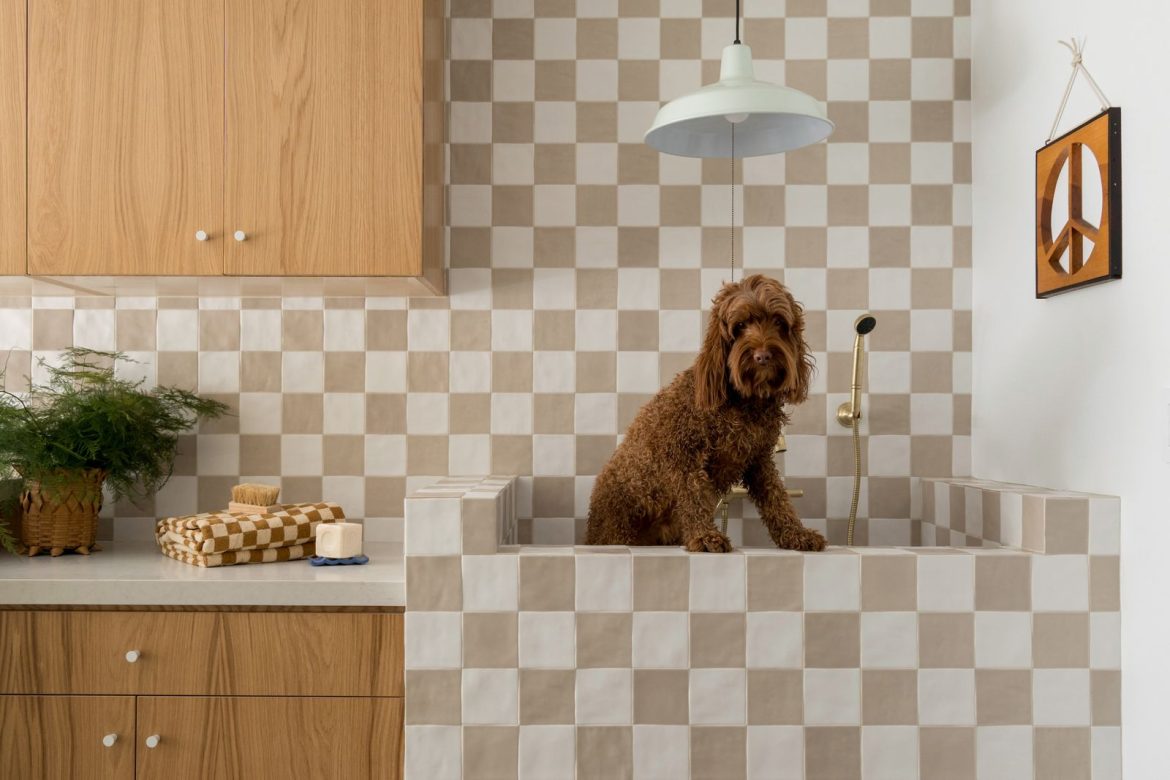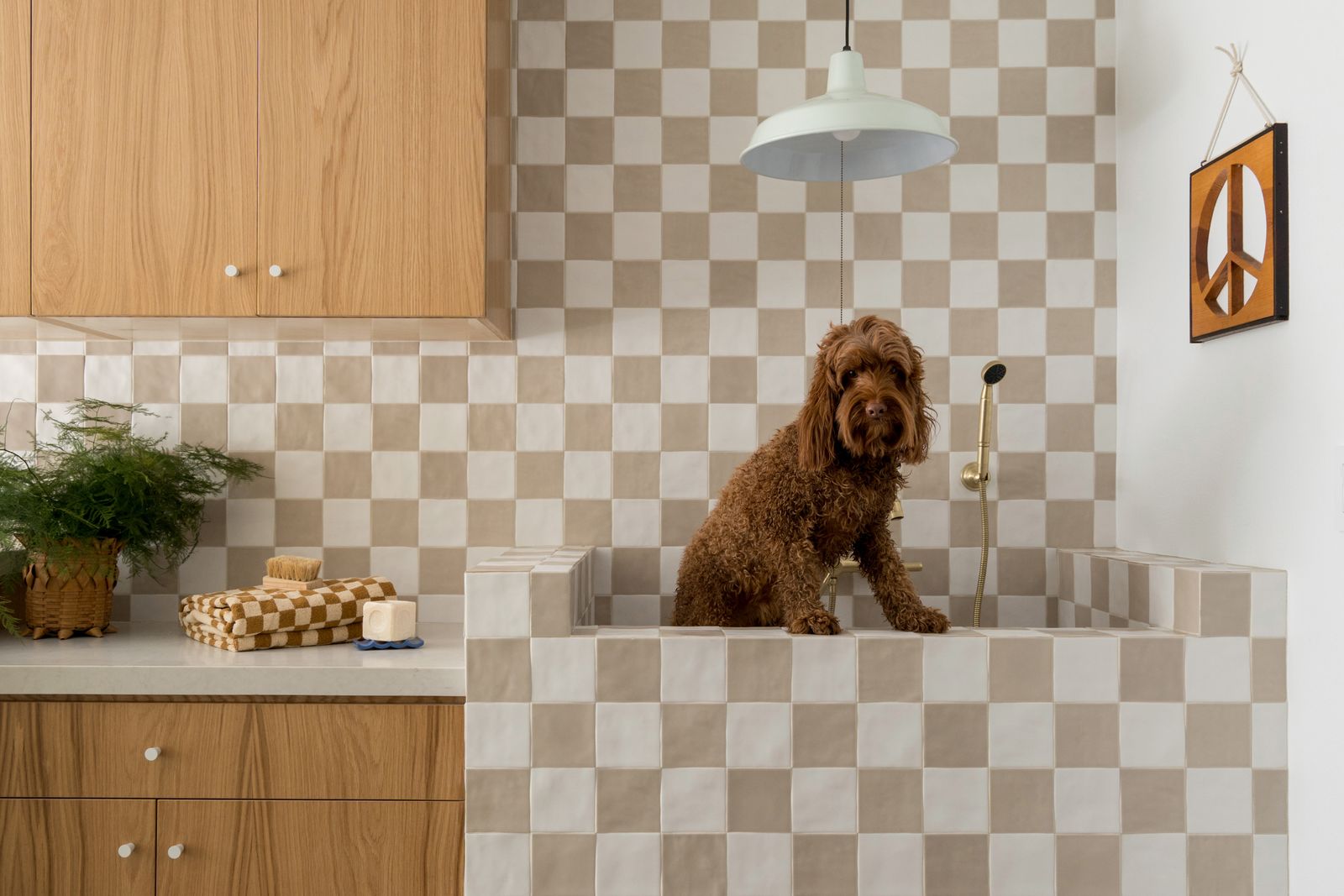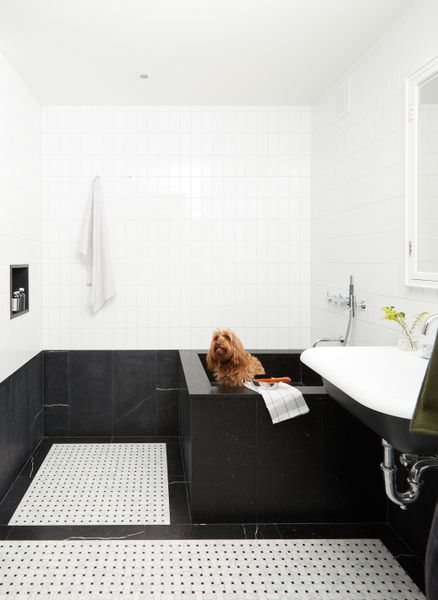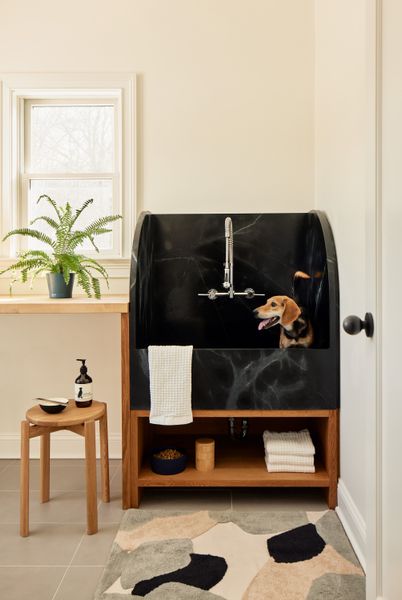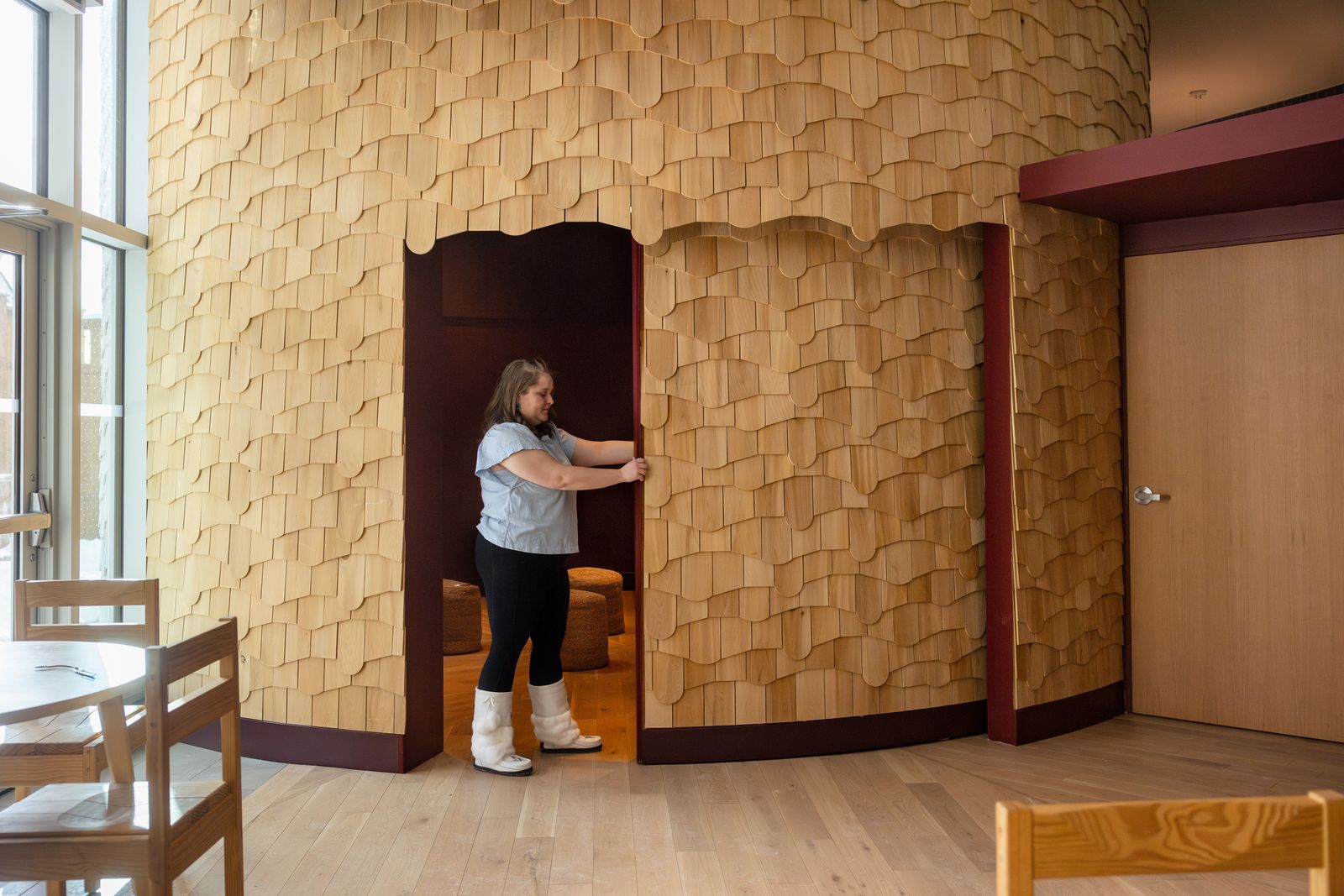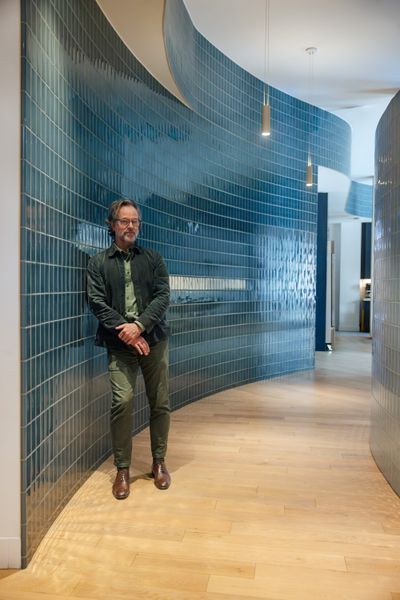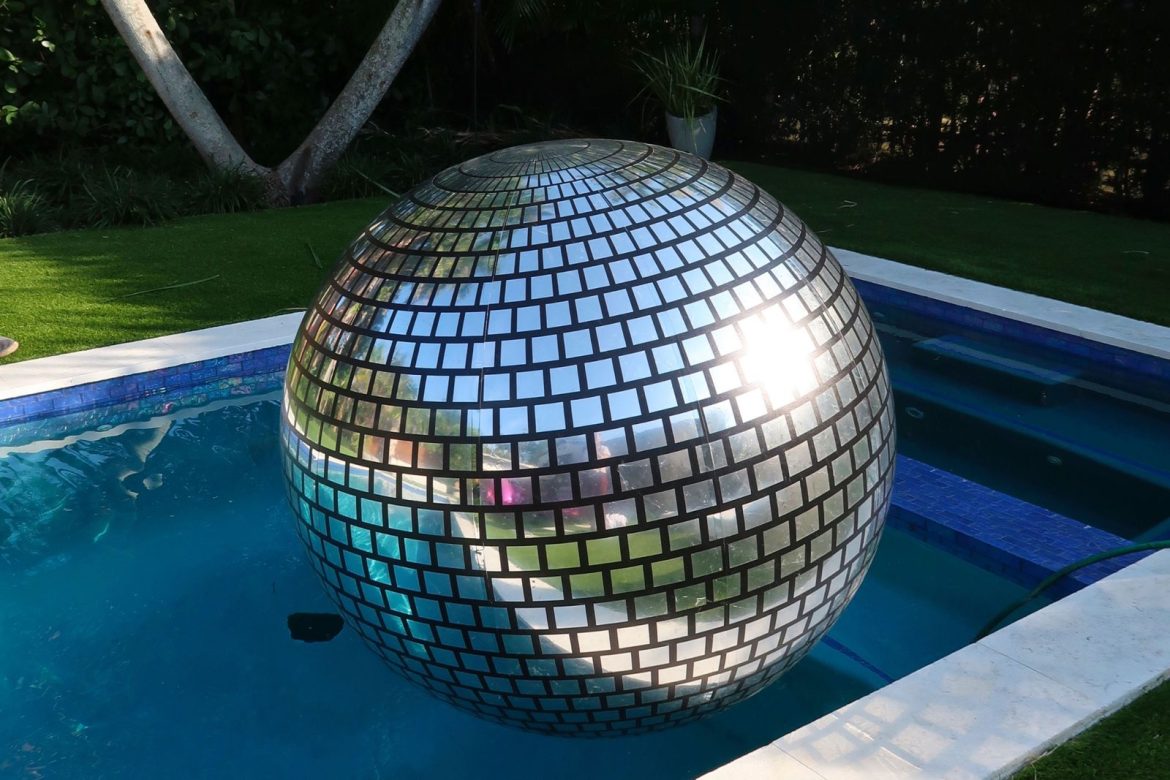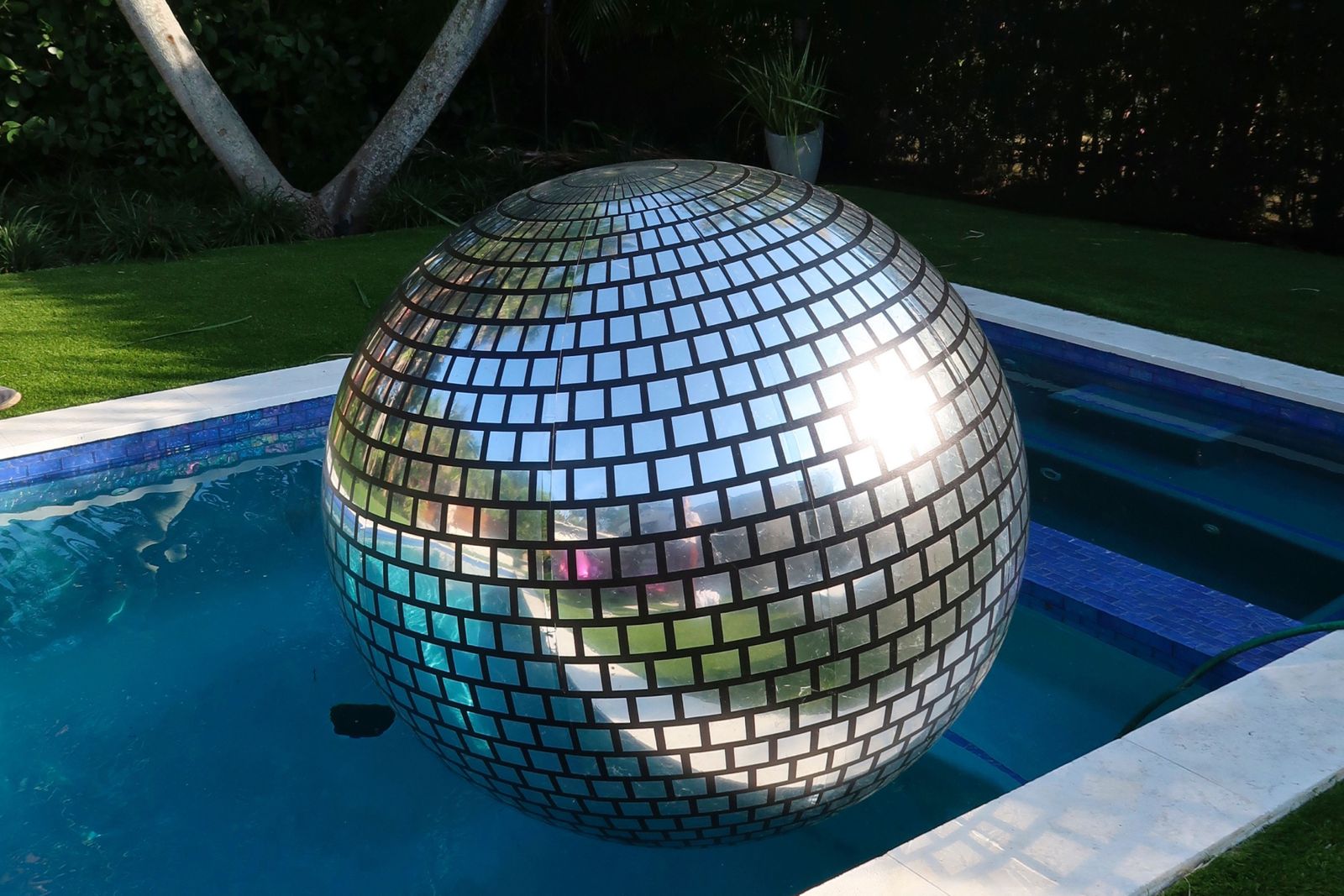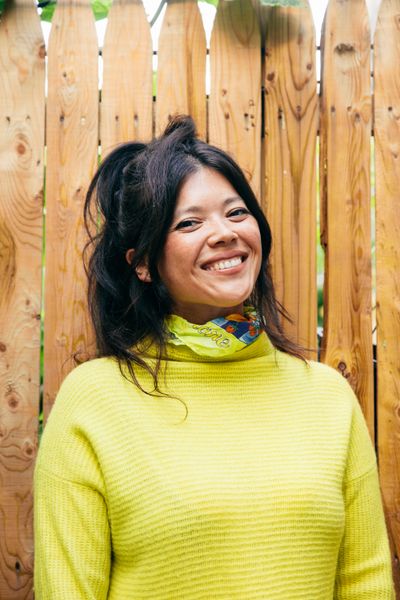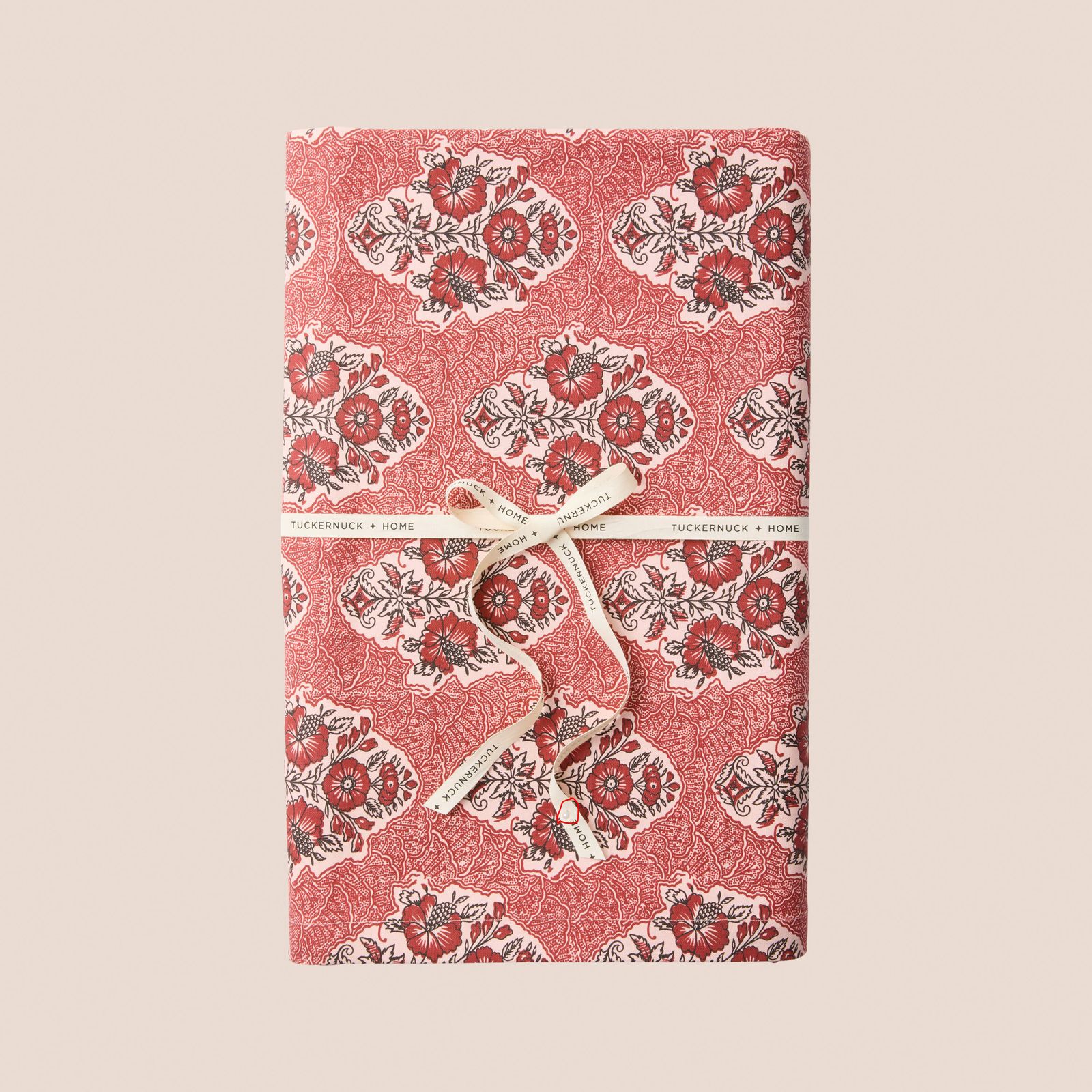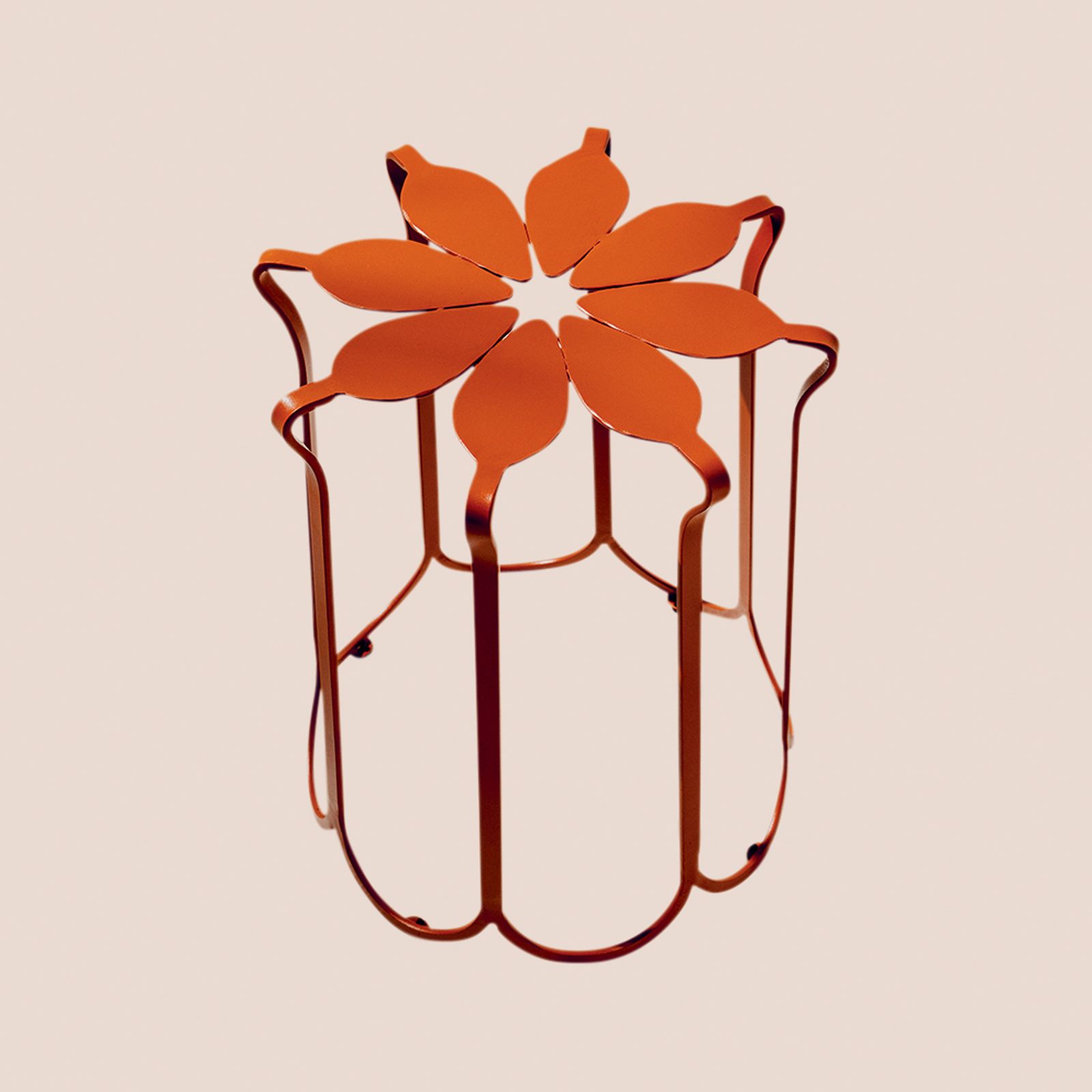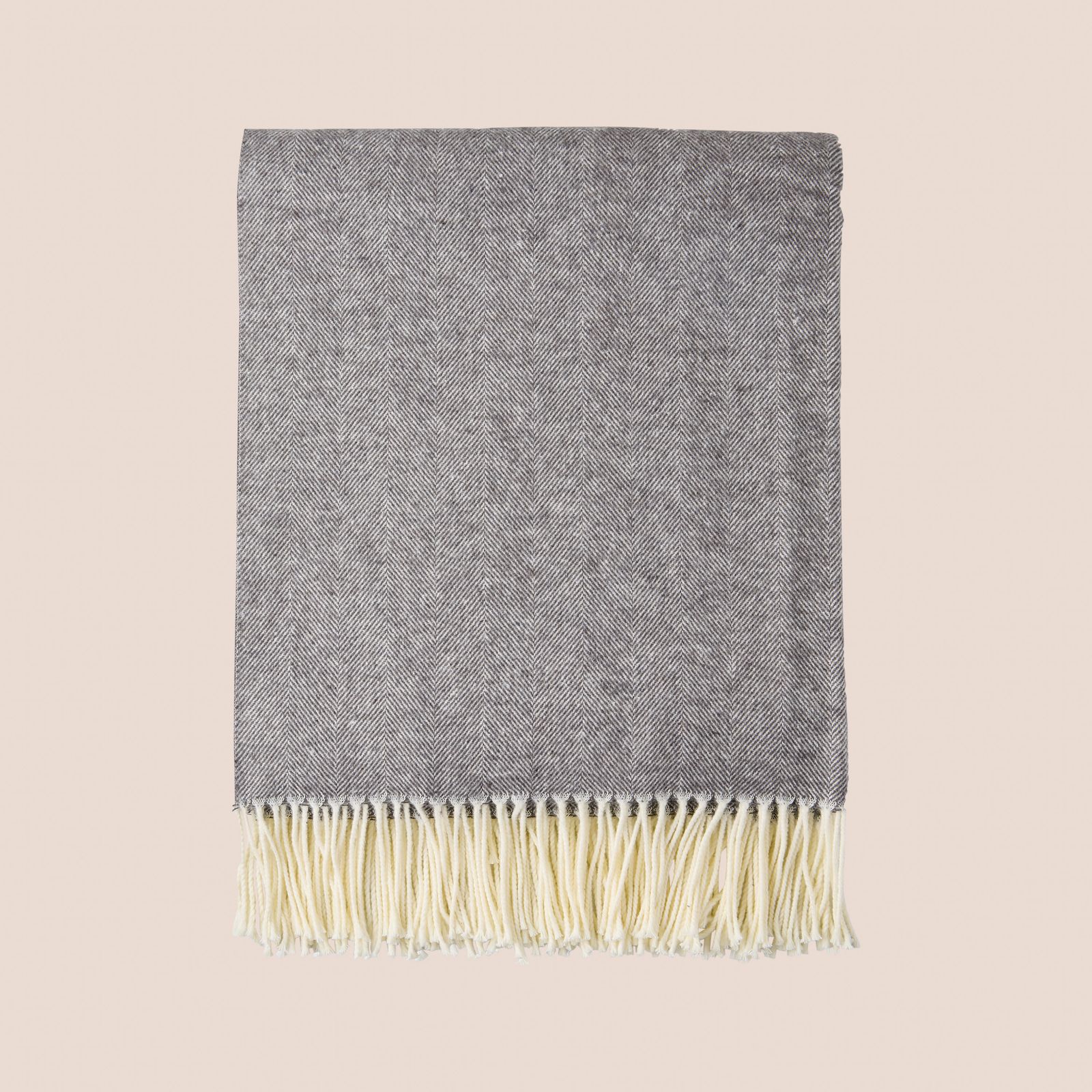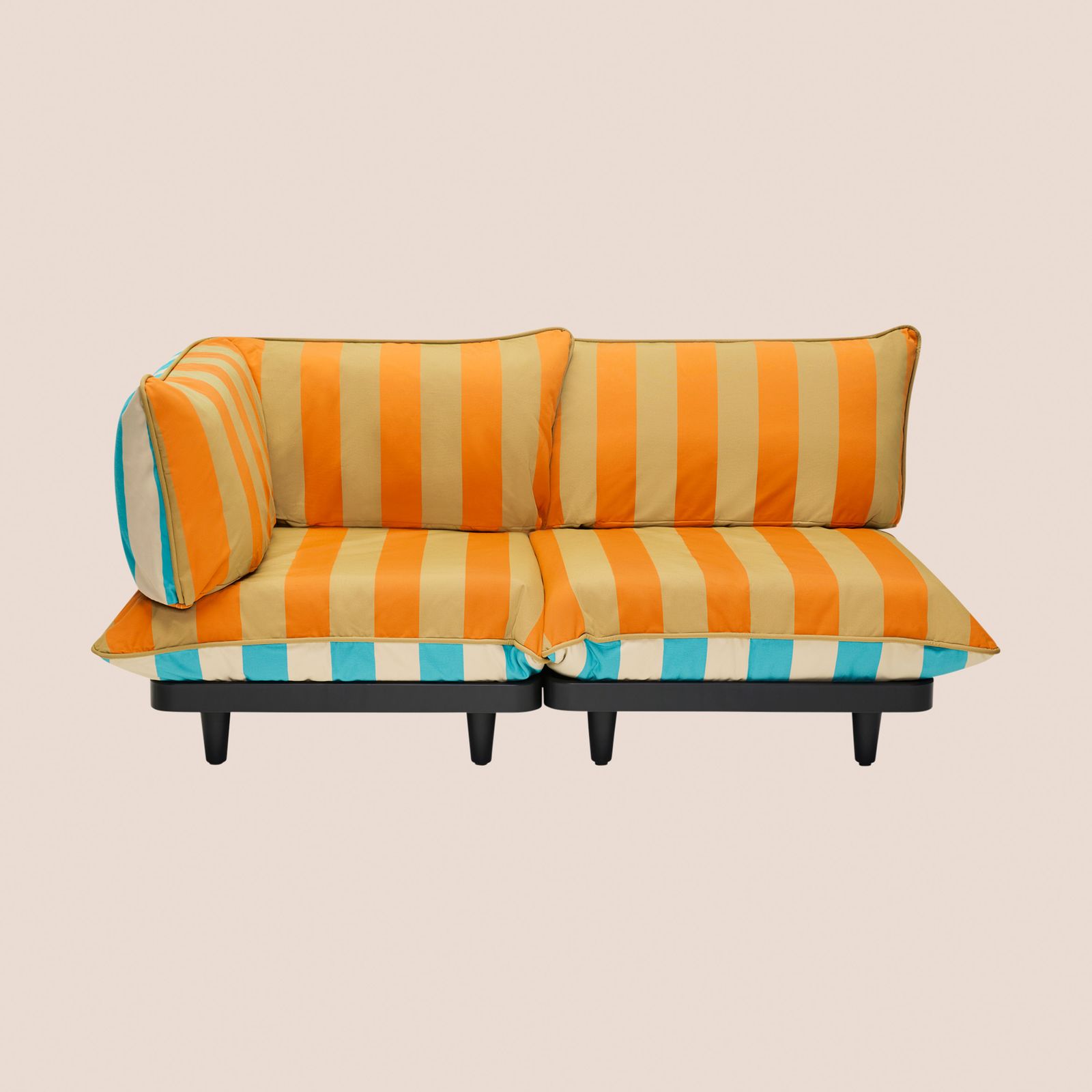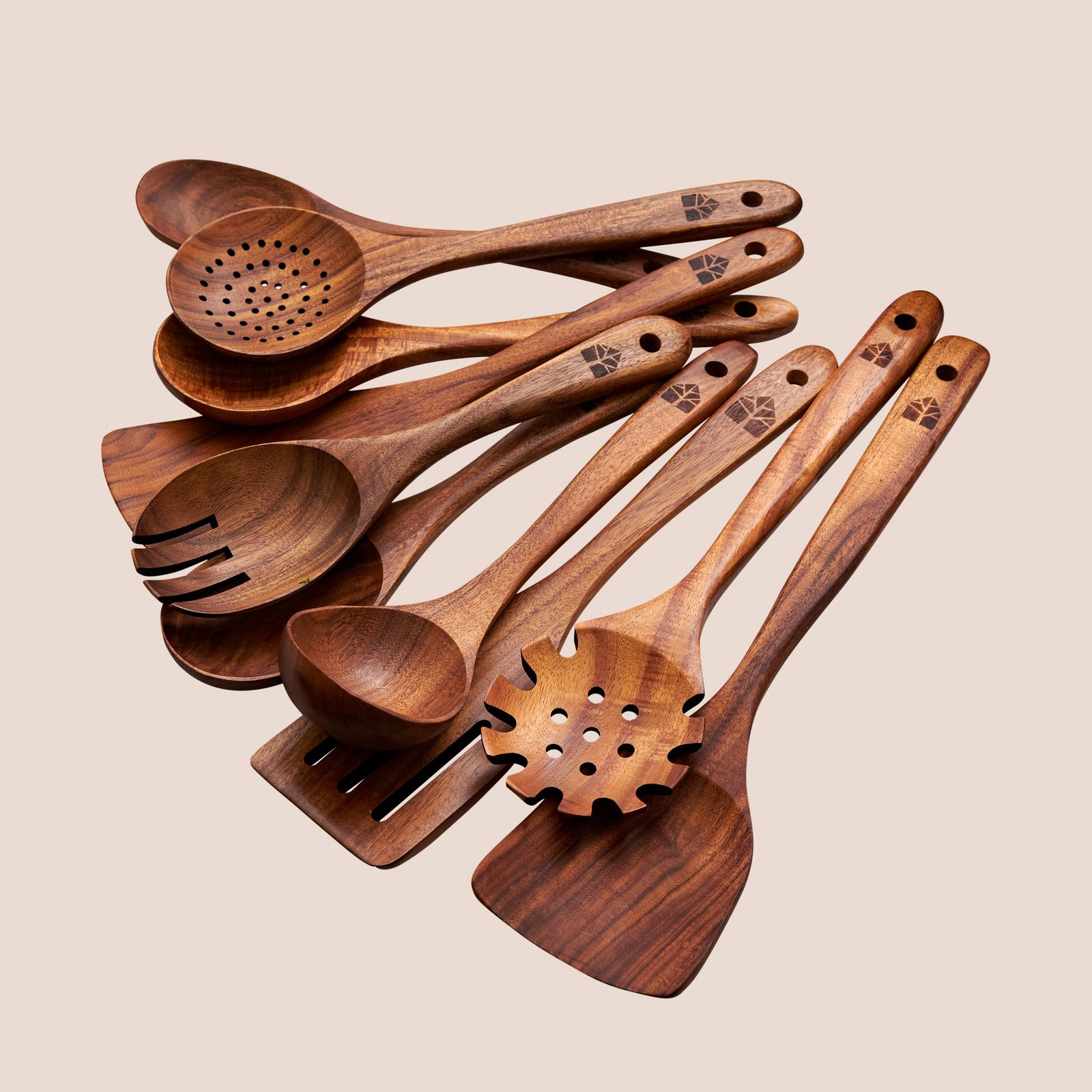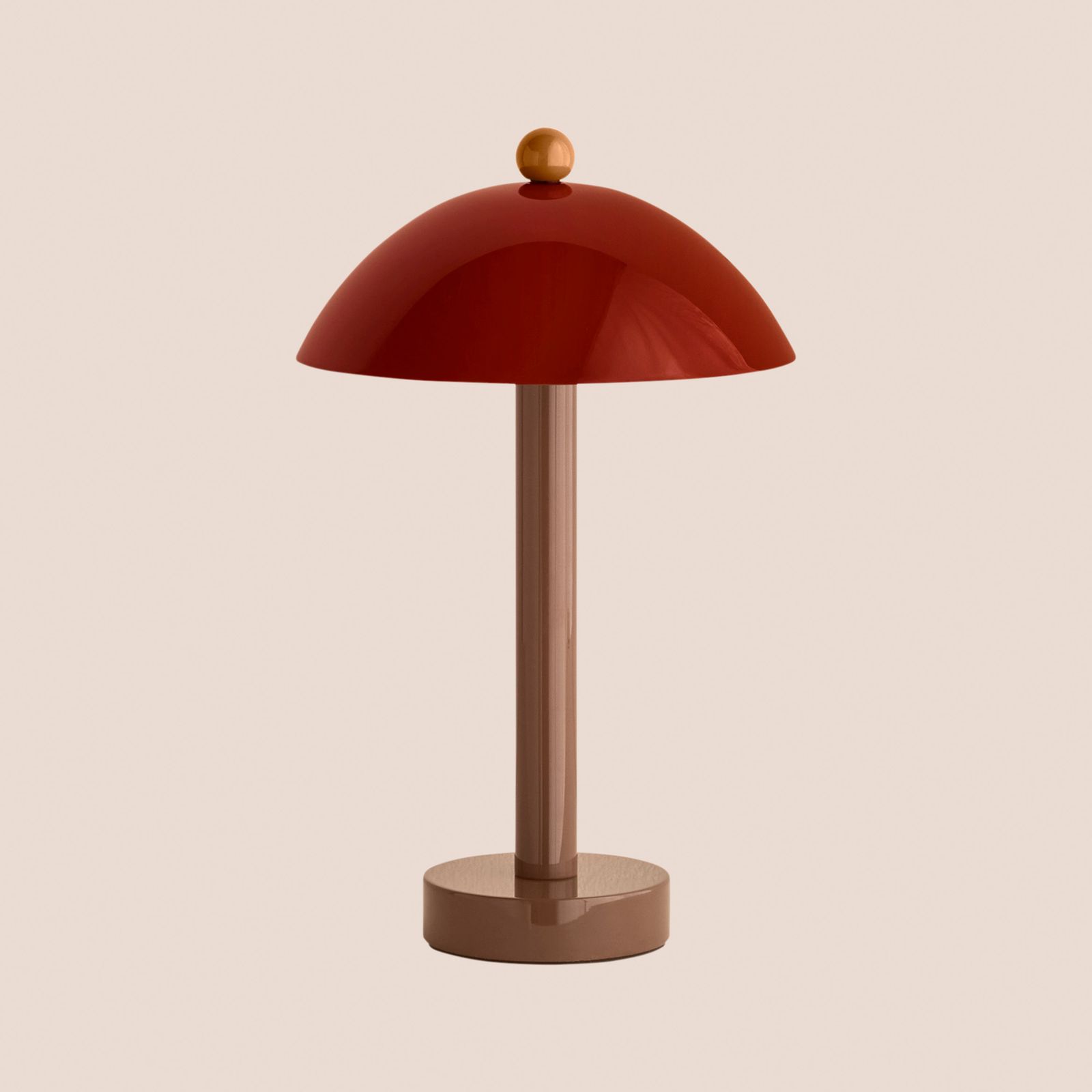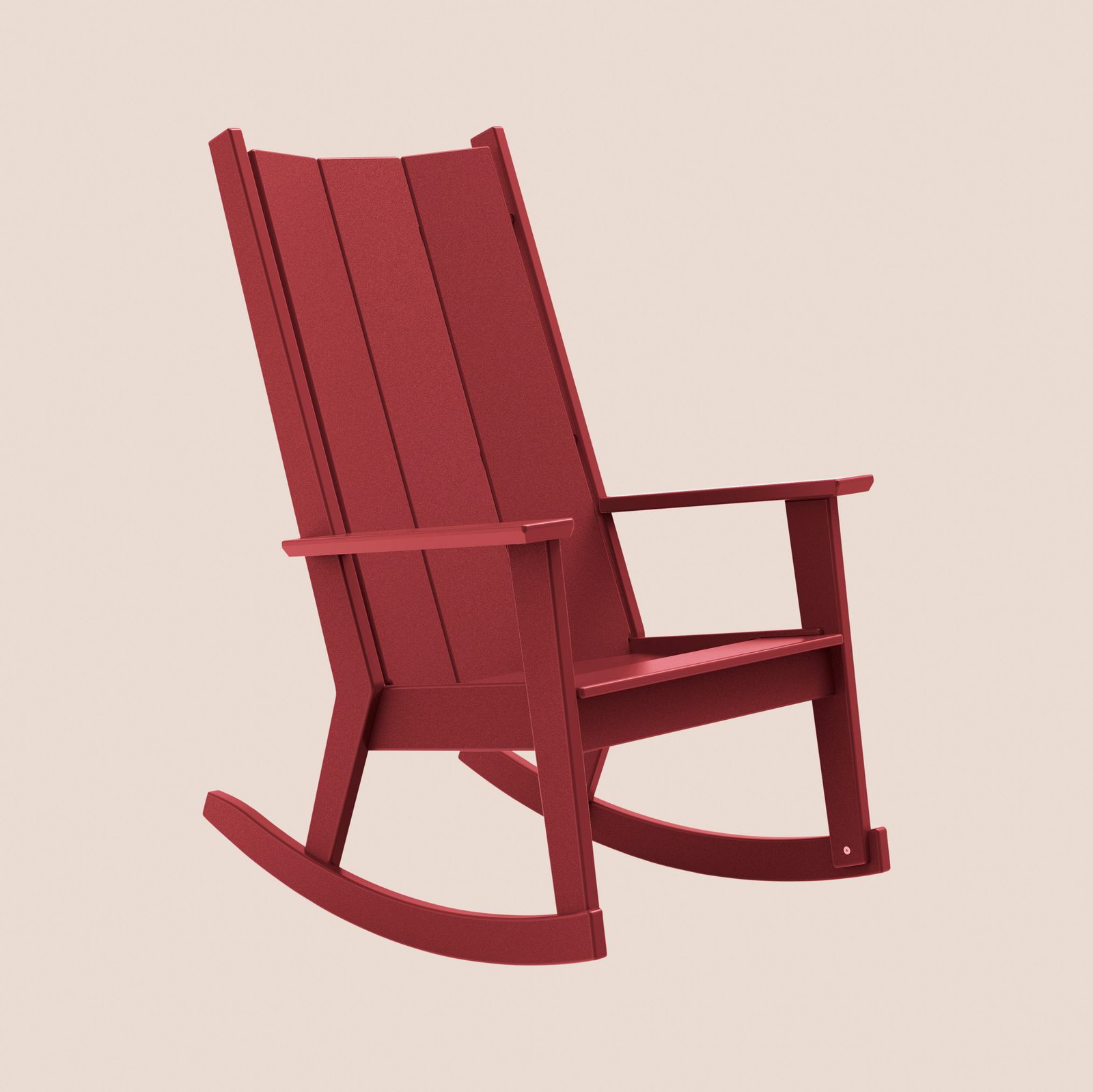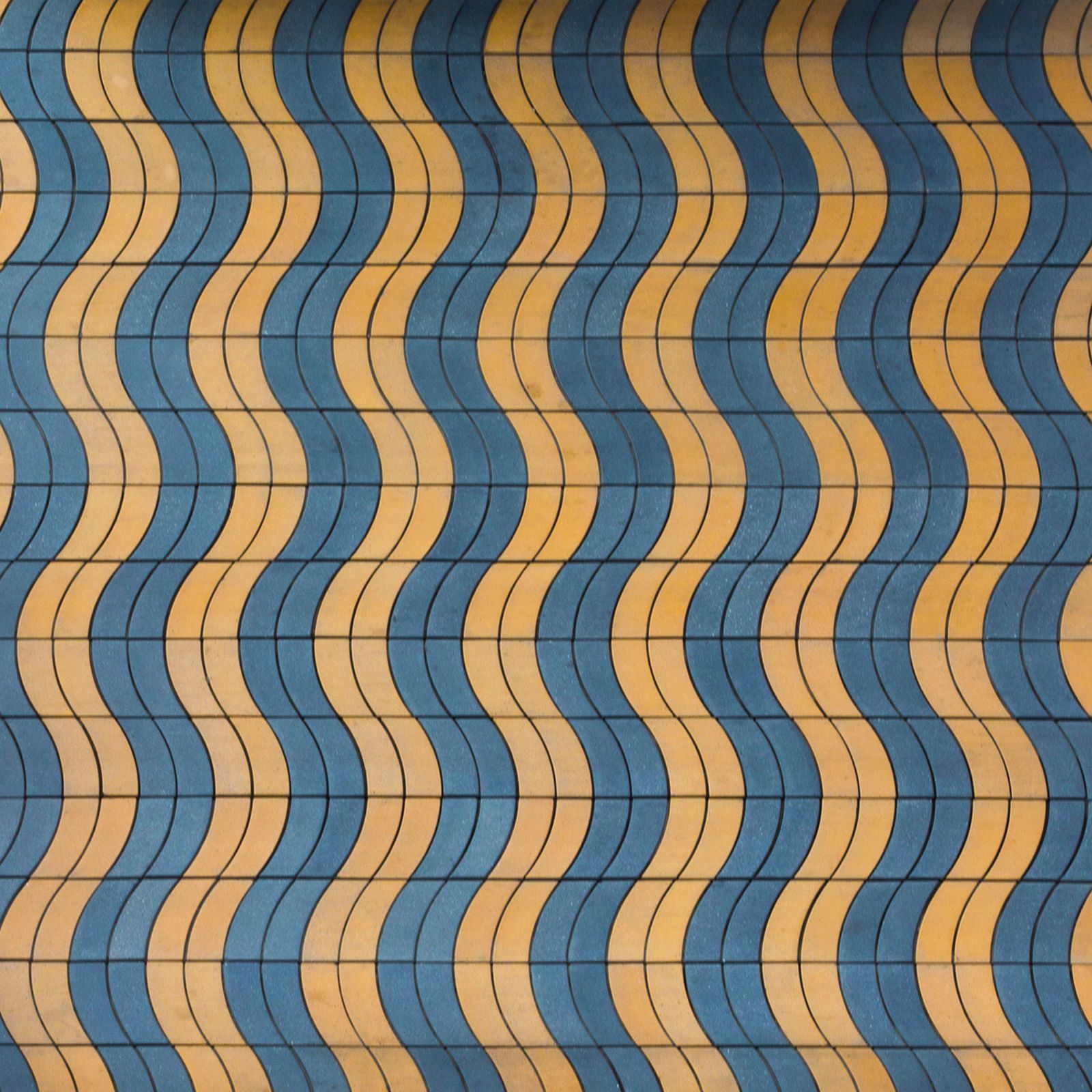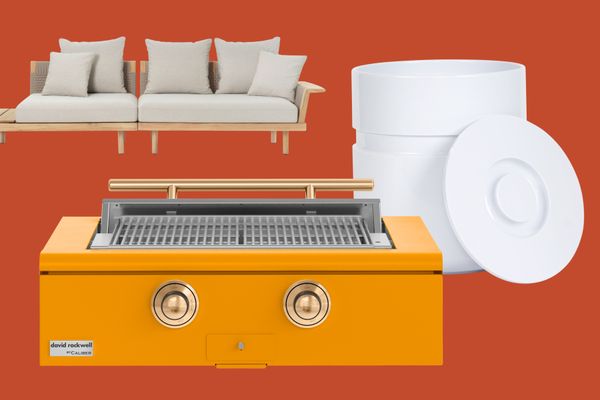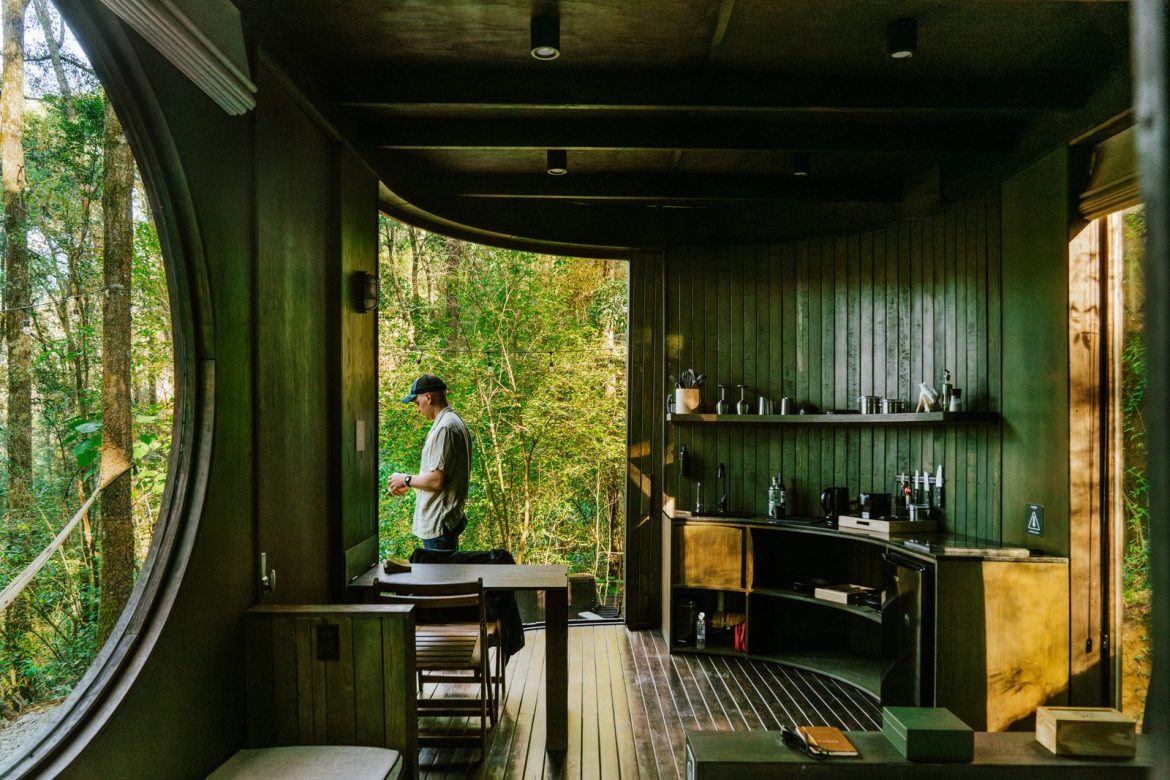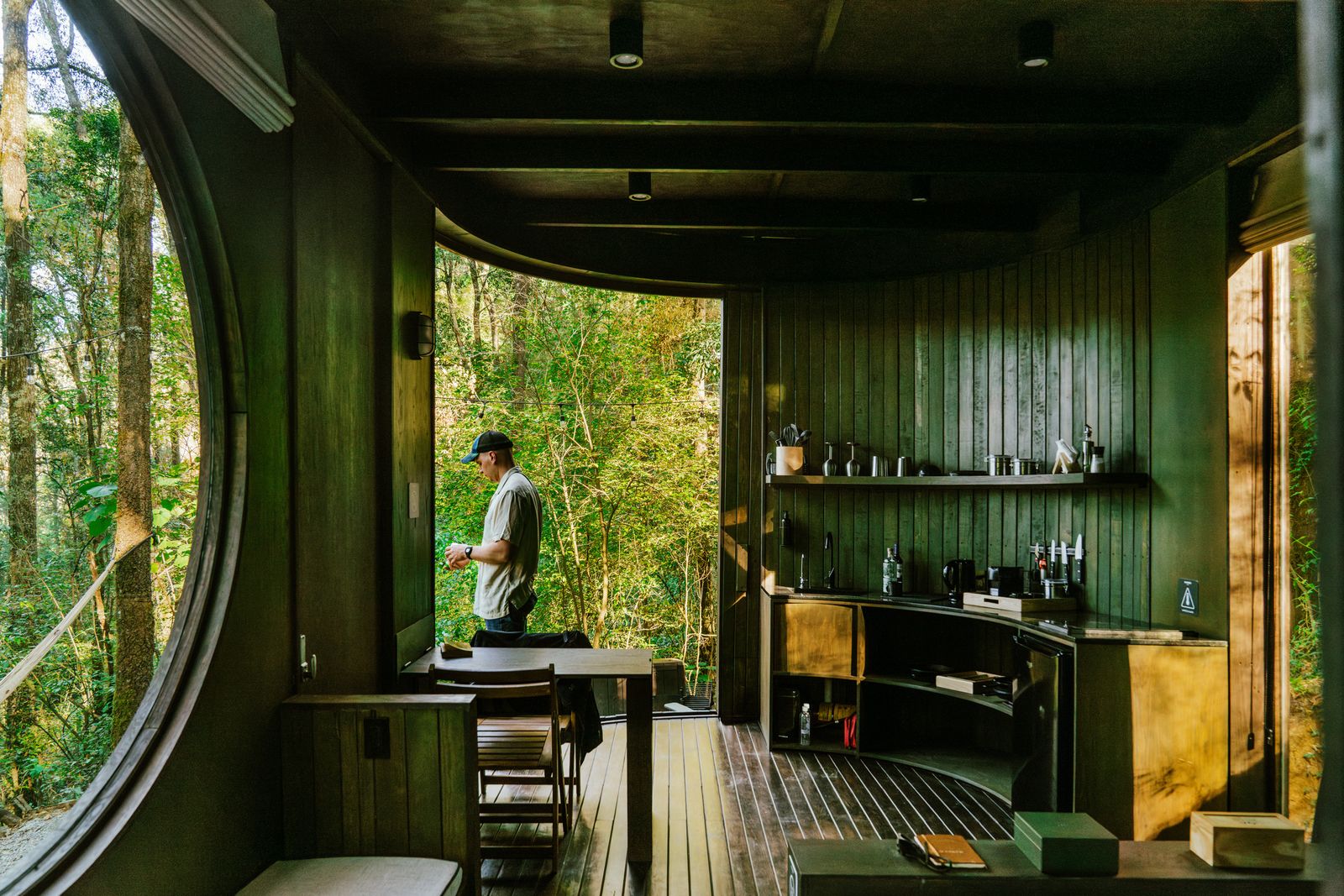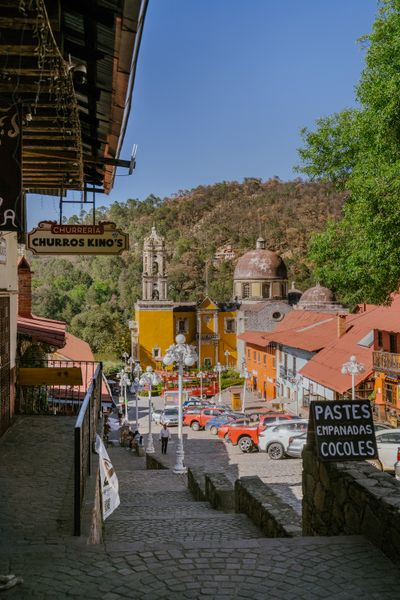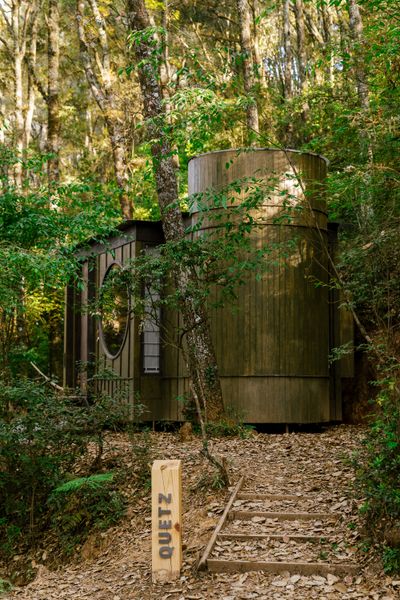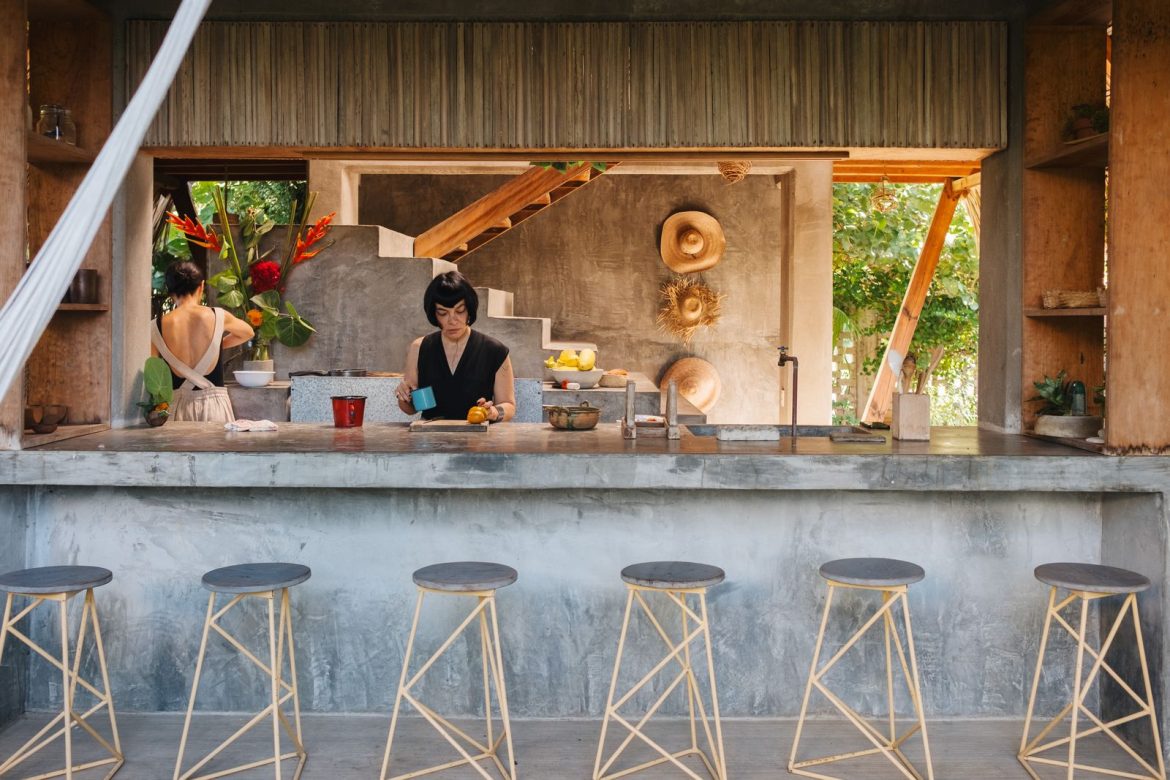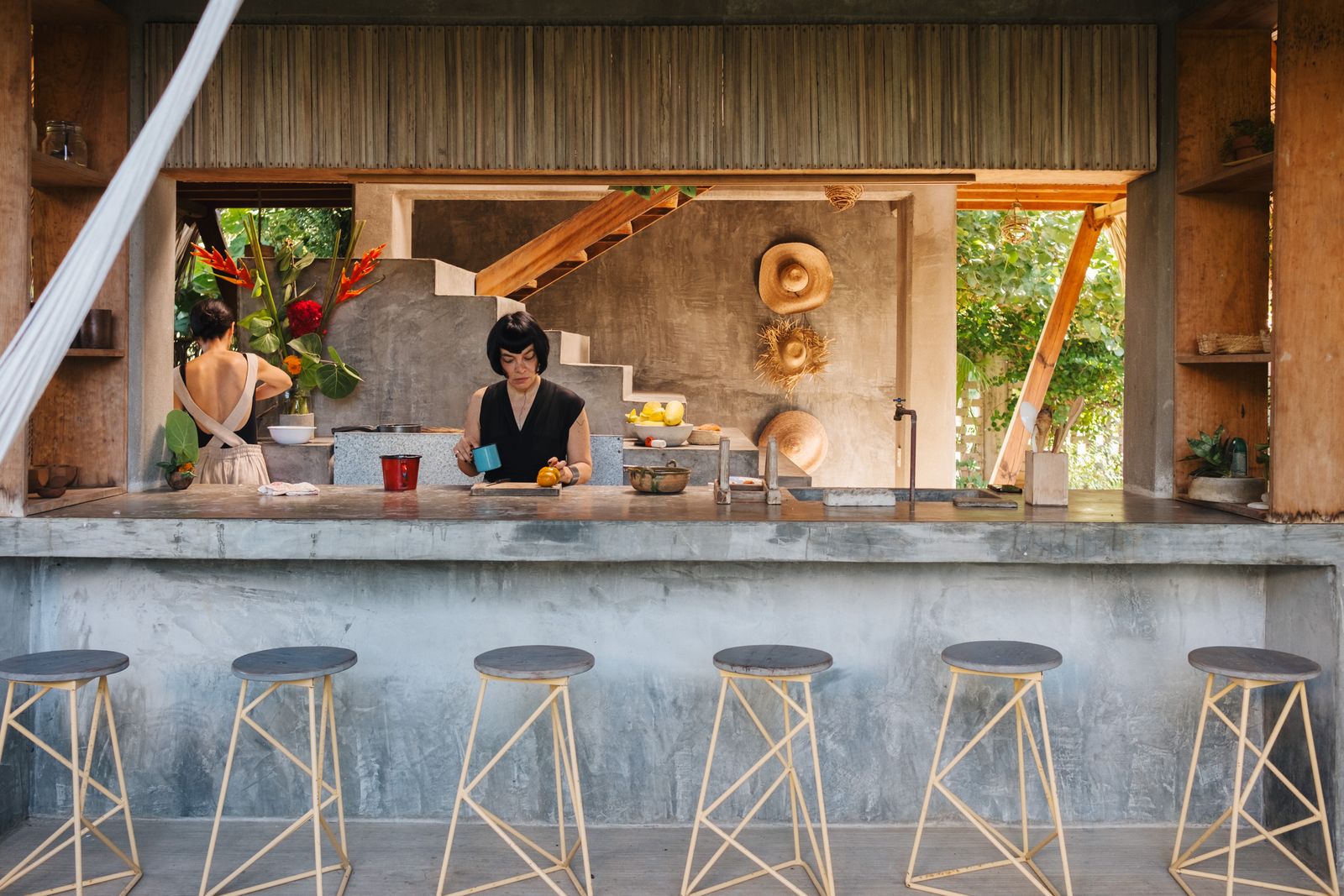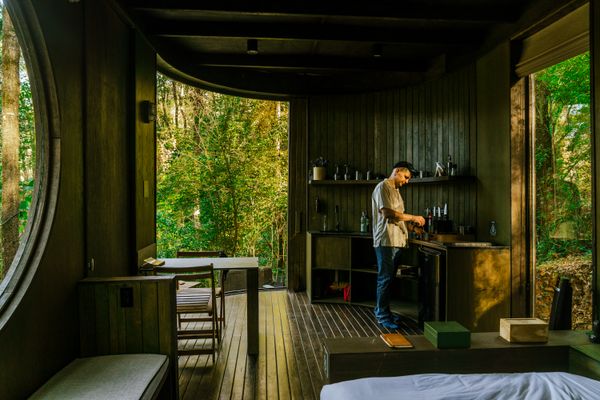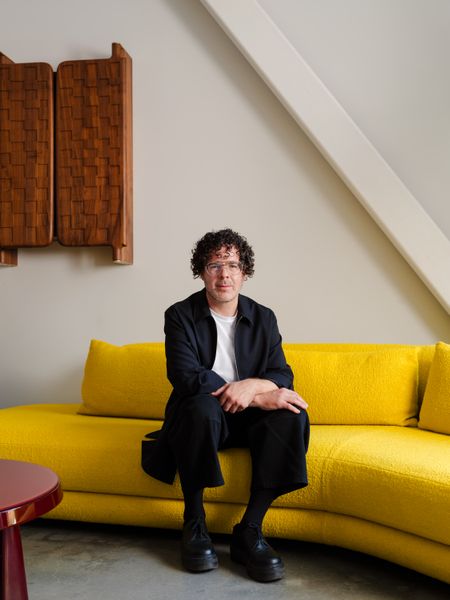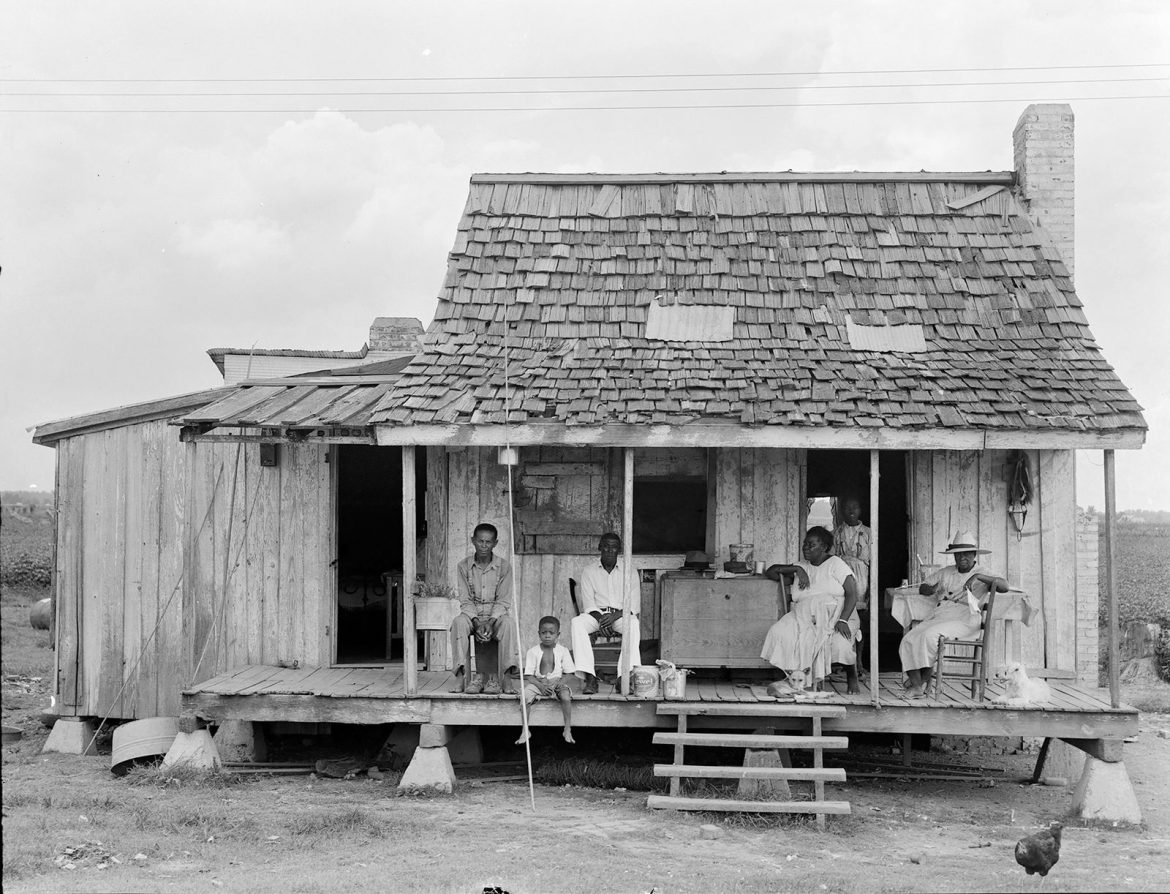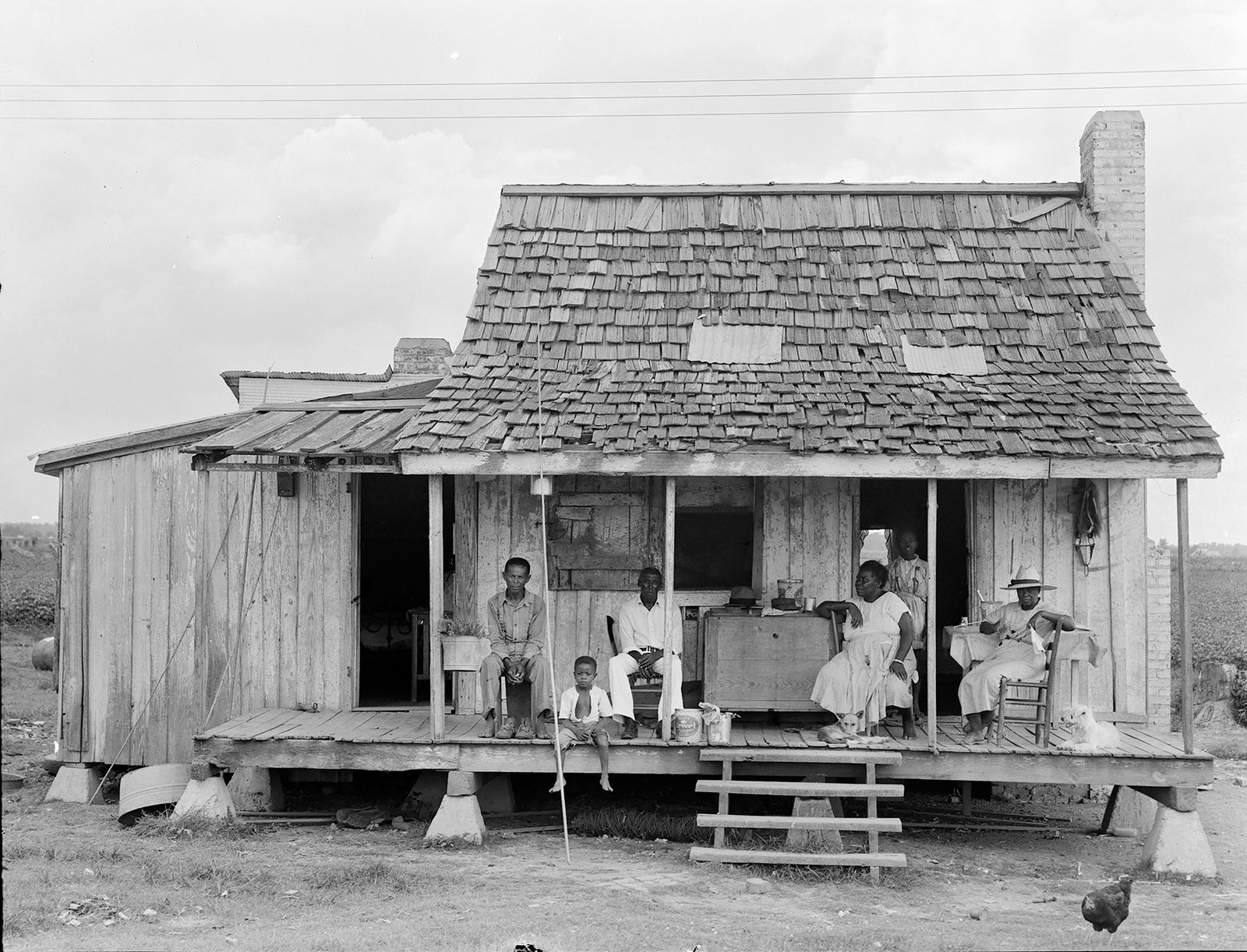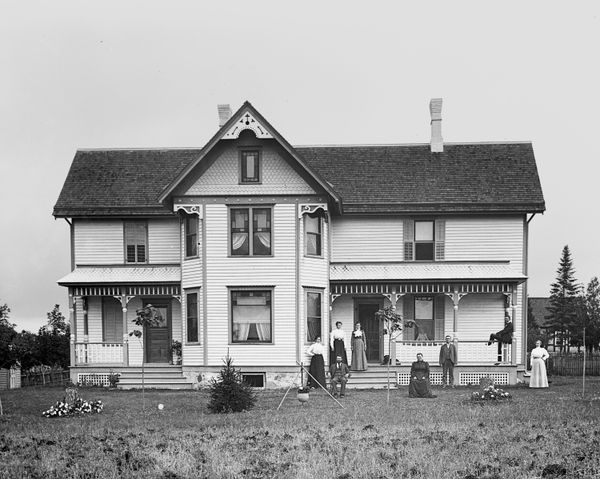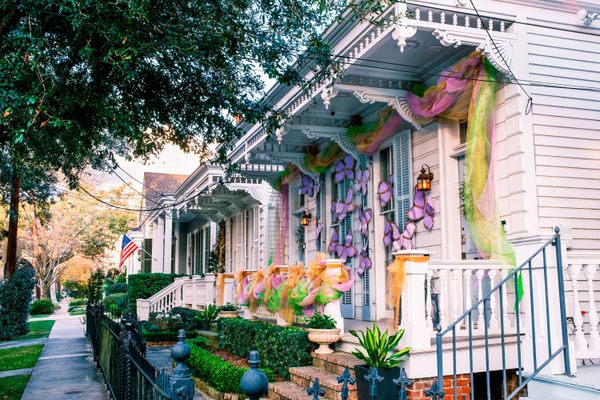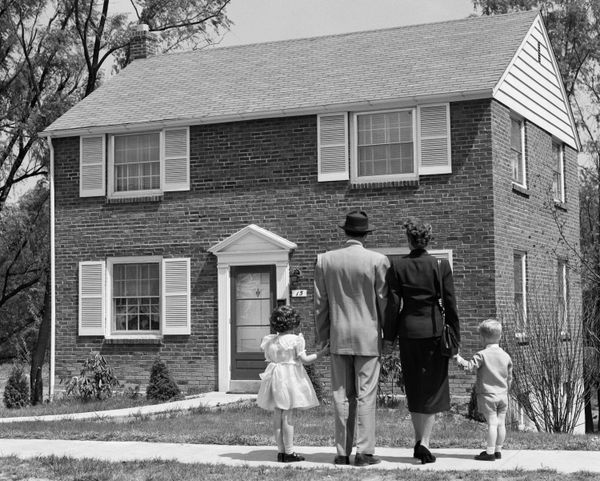Raúl Sánchez Architects wanted to preserve the landscape while honoring it—like with a locally sourced slab for the first step of a spiral staircase.
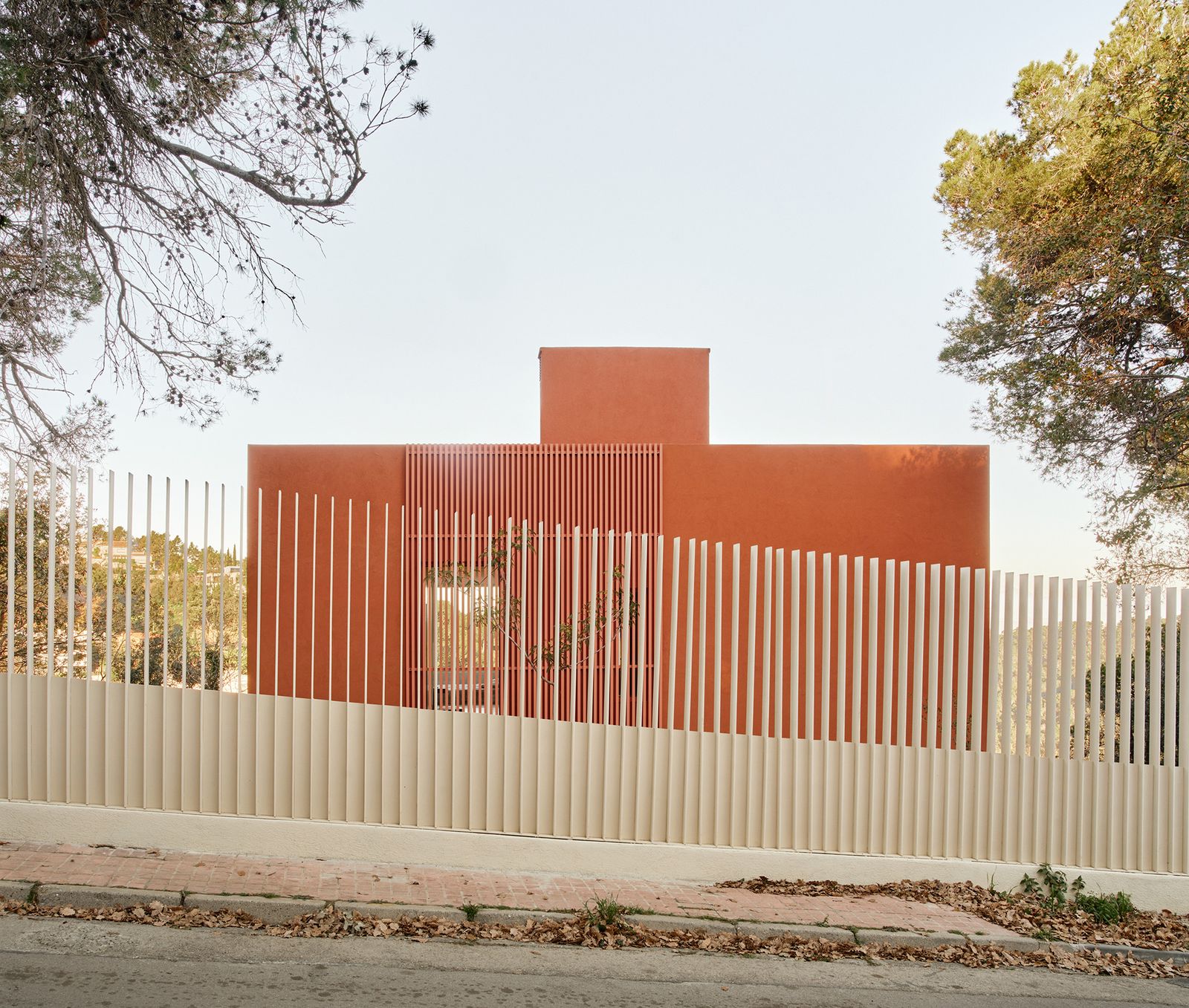
Houses We Love: Every day we feature a remarkable space submitted by our community of architects, designers, builders, and homeowners. Have one to share? Post it here.
Project Details:
Location: Sant Cugat del Vallès, Catalonia, Spain
Architect: Raúl Sánchez Architects / @raulsanchezarchitects
Footprint: 1,829 square feet
Structural Engineer: Diagonal Estructuras
MEP: Mares Ingenieros
Photographer: José Hevia
From the Architect: “This home is built on an extreme slope without major excavations into the slate rock. It barely touches the ground, supported by a few structural concrete screens that leave the terrain practically untouched.
“Access is from the upper level, where the house presents itself as a regular and hermetic volume. As the terrain descends, it becomes evident that the house barely rests on a rock at the rear, instead extending its ‘legs’—the concrete screens—to find support on the facade walls and central core along the slope. A cantilevered staircase, connecting the pedestrian access and the parking area, descends and leads to the main level, where a large terrace welcomes visitors. This terrace extends from a spacious kitchen/dining area, which opens onto a outdoor balcony through four large sliding windows. The interiors are in constant dialogue with its environment, with views of surrounding trees and distant valleys and mountains in every corner.
“The main floor has a central block housing the staircase, a bathroom, and pantry, freeing up the entire perimeter for the kitchen, living room, and a viewing space. The latter faces the valley and features a built-in bench running along the entire glazed façade. These interconnected spaces are designed for both habitation and contemplation of the landscape.
“The interior staircase creates a double-height void, emphasizing visual and functional connectivity between floors within this continuous space. It then passes through a circular opening before emerging onto the roof through a rotated square turret. On the upper floor, a central space connects two small balconies that frame the landscape while providing access to three bedrooms and a bathroom. The primary bedroom includes a walk-in closet and an en suite bathroom, with sliding doors that allow for flexible space configuration.
“The house’s design follows the golden ratio in both plan and elevation, achieving a visual balance between simplicity and sophistication. The volume appears straightforward, with three of its façades—facing the entrance and neighboring properties—featuring carefully placed, restrained openings, some of which are covered with lattice screens to control sunlight.”
“The first step of the internal staircase—an enormous piece of local rock—pays tribute to Carlo Scarpa’s approach to staircases, always conceived as an invitation to ascend. This element reflects the project’s philosophy, blending sensitivity to the environment, formal and spatial inventiveness, landscape integration, and sustainability.”
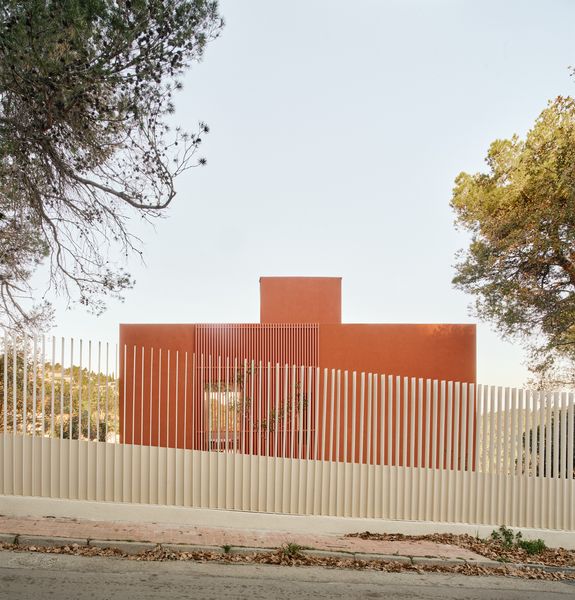
Photo: José Hevia
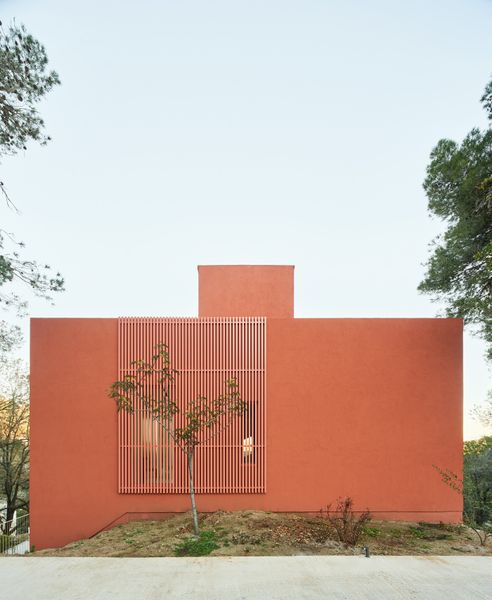
Photo: José Hevia
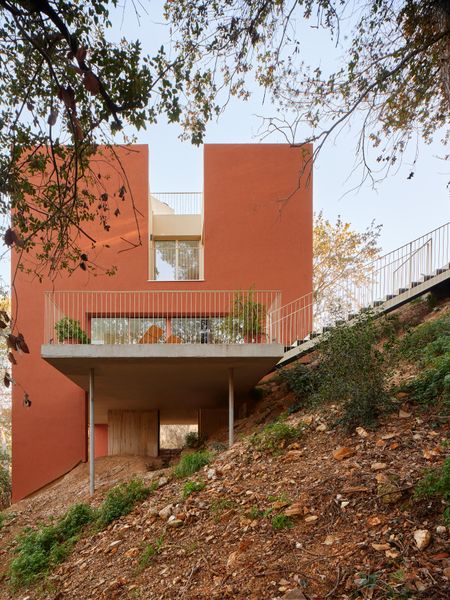
Photo: José Hevia
See the full story on Dwell.com: Concrete “Legs” Anchor This Home in Spain to Its Incredibly Steep Hillside
Related stories:
